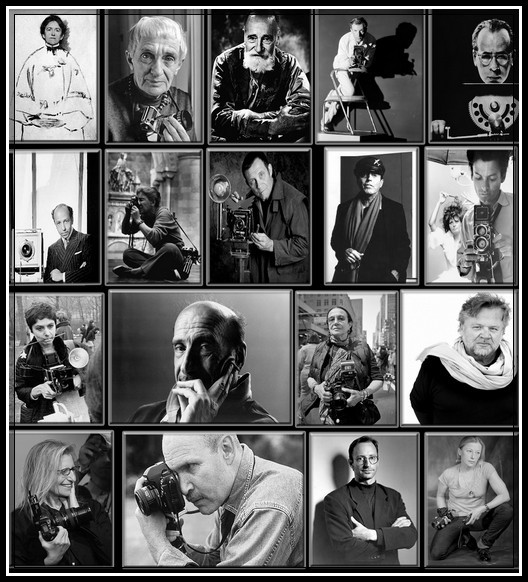
08 Jan Most Famous Portrait Photographers and Their Great Photography
Everyone can take photos but only some are considered as famous photographers. Take a creative & outstanding portrait photographs is not an easy task. A famous portrait photographer can combine the correct time with proper color coordination & viewpoint of a subject. In this post we are introducing world’s most famous portrait photographers portfolio & their great portrait photography. So please have a look…
Many portrait photographers have created great portraiture over the years. Some of these portrait photos have gone beyond iconic position in the art realm to become world famous. Here is a list of some great famous portrait photographers. We also illustrate their short biography & some of their great photographs.
Gertrude Kasebier
(1852–1934)
Gertrude Kasebier was one of the most famous portrait photographers of the 20th century. Gertrude Kasebier was born on 18th May, 1852 and came from Des Moines, Iowa. In the year 1897 she set up a portrait studio in New York. The celebrities photographed by Gertrude Kasebier include Mark Twain, Booker T. Washington, Buffalo Bill, Auguste Roding and many others.
In 1916 Käsebier helped Clarence H. White found the group Pictorial Photographers of America, which was seen by Stieglitz as a direct challenge to his artistic leadership. By this time, Stieglitz’s tactics had offended many of his former friends, including White and Robert Demachy, and a year later he was forced to disband the Photo-Secession.
During this time many young women starting out in photography sought out Käsebier, both for her photography artistry and inspiration as an independent woman. Among those who were inspired by Käsebier and who went on to have successful careers of their own were Clara Sipprell, Consuelo Kanaga and Laura Gilpin.
Throughout the late 1910s and most of the 1920s Käsebier continued to expand her portrait business, taking photos of many important people of the time including Robert Henri, John Sloan, William Glackens, Arthur B. Davies, Mabel Dodge and Stanford White. In 1924 her daughter Hermine Turner joined her in her portrait business.
In 1929 Käsebier gave up photography altogether and liquidated the contents of her studio. That same year she was given a major one-person exhibition at the Booklyn Institute of Arts and Sciences. Käsebier died on 12 October 1934 at the home of her daughter, Hermine Turner. A major collection of her work is held by the University of Delaware.
She is therefore, one of the most famous photographers of America. She was known for her evocative images of motherhood, her powerful portraits of Native Americans and her promotion of photography as a career for women.
Gertrude Kasebier Photography:-
Dorothea Lange
(1895 – 1965)
Dorothea Lange is amongst the most excellent photographers of the 20th century. She was an influential American documentary photographer and photojournalist, best known for her Depression-era work for the Farm Security Administration (FSA). Lange’s photographs humanized the consequences of the Great Depression and influenced the development of documentary photography. Whilst her career was varied, she is best known for her distressing images of Depression era California.
Lange told the human story of this age, through images that continue to resonate as symbols of hardship and tragedy today.
In 1972 the Whitney Museum used 27 of Lange’s photographs in an exhibit entitled Executive Order 9066. This exhibit highlighted the Japanese Internment during World War II.
On May 28, 2008, California Governor Arnold Schwarzenegger and First Lady Maria Shriver announced Lange’s induction into the California Hall of Fame, located at The California Museum for History, Women and the Arts. The induction ceremony took place on December 15 and her son accepted the honor in her place. In 2006, a school was named in her honor in Nipomo, California, near the site where she photographed “Migrant Mother”.
Lange died of esophageal cancer on October 11, 1965; age 70.She was survived by her second husband, Paul Taylor, two children, three stepchildren, and numerous grandchildren and great-grandchildren.
Dorothea Lange Photography:-
Angus McBean
(1904 – 1990)
Famous portrait photographer Angus McBean was born in South Wales in June 1904. In spite of the surname and the family’s claim to be head of the sub-clan McBean, they had been Welsh for generations.
Clem McBean was a surveyor in the mines and the family moved frequently around Wales with his job. Fascinated by the apparently magical properties of photography, Angus wanted to be able to take pictures of people and sold a gold watch left to him by his grandfather to raise the five pounds necessary for the equipment.
Angus McBean was one of the most significant British photographers of the twentieth century. It brings together over 100 photographs in black and white and color, including a large number of vintage prints from museum collections and important loans from private collections. The exhibition offers an unprecedented opportunity to see the astonishing range of McBean’s work.
From the striking surrealist portraits of the 1930’s to his period as indisputably the most important photographer of theatre and dance personalities of the 1940’s and 1950’s. The exhibition also showcases his cult re-emergence as a chronicler of pop music and includes his famous Beatles covers.
Two figures have prevented McBean from gaining more fame: Cecil Beaton (thanks to his lavish lifestyle and work for Vogue and the British royal family); and David Bailey, who much later (1960s) was close to Cecil Beaton both personally and in terms of style.
McBean did not enjoy this level of fame either in his life or after death, even though he was arguably the better technically and artistically. Additionally McBean’s focus on the world of theatre (particularly London’s West End) did not give him international recognition. In 2007 seven original color transparencies by McBean were accidentally thrown in the bin at the HQ of EMI.
Angus McBean Photography:-
Cecil Beaton
(1904 – 1980)
British Famed fashion & portrait photographer Sir Cecil Walter Hardy Beaton was born on January 14, 1904, in London, England. As a child, he adored the picture postcards of society ladies that came with the Sunday newspaper.
Beaton owned his first camera at the age of 11. In the 1920s, he was hired as a staff photographer for Vanity Fair and Vogue, where he developed a unique style of posing sitters with unusual backgrounds. He was also a diarist, interior designer, and Oscar-winning stage and costume designer. He was named to the International Best Dressed List Hall of Fame in 1970. He was also a diarist, interior designer, and Oscar-winning stage and costume designer.
Honours, awards and medals:-
- Tony Award for Best Costume Design for Quadrille (play) (1955)
- CBE (1956)
- Tony Award for Best Costume Design for My Fair Lady (1957)
- Fellow of the Ancient Monuments Society (1957)
- Academy Award for Costume Design for Gigi (1958)
- Tony Award for Best Costume Design for Saratoga (1960)
- Chevalier de la Légion d’Honneur (1960)
- Academy Award for Best Art Direction for My Fair Lady (1964)
- Academy Award for Costume Design for My Fair Lady (1964)
- Honorary Fellow of the Royal Photographic Society of Great Britain (1965)
- Tony Award for Best Costume Design for Coco (musical) 1970
- Knighthood (1972)
By the end of the 1970s, Beaton’s health had faded. In January 1980, he died at Reddish House, his home in Broad Chalke in Wiltshire, at the age of 76.
Cecil Beaton Photography:-
Philippe Halsman
(1906 – 1979)
Famous American portrait photographer Philippe Halsman once said, “A good portrait is incredibly hard to create, there is too much temptation to pander to the individual rather than portray them as they really were.”
Philippe Halsman (1906-1979) was born in Riga, Latvia. He studied engineering in Dresden before moving to Paris, where he set up his photographic studio in 1932. Halsman’s bold, spontaneous style won him many admirers. His portraits of actors and authors appeared on book jackets and in magazines; he worked with fashion (especially hat designs), and filled commissions for private clients. By 1936, Halsman was known as one of the best portrait photographers in France.
Philippe Halsman set the standard for celebrity portraiture. From the 1940s until the 1970s his portraits of actors, intellectuals and politicians appeared on the covers and pages of the biggest magazines in Europe and the US. He arrived in New York in 1940, with little English, no money, no contacts and a camera. Within two years his work appeared on the cover of Life magazine, beginning a 30 year association with the magazine. Life published 101 covers by Halsman – a record unmatched by any other photographer.
Halsman’s big break in New York came when he met Connie Ford, a model who agreed to pose for him in exchange for prints for her portfolio. When Halsman showed the resulting pictures of Ford against an American flag to the cosmetics company Elizabeth Arden they used the image to launch a national advertising campaign for “Victory Red” lipstick. A year later he was commissioned by Life to photograph new hat designs. His portrait of a model in a Lily Daché hat was the first of his many covers for Life.
Of all the great photographers of his time, Halsman belongs most completely to the magazine era. His subjects create a vivid picture of prosperous American society in the middle years of this century and he captures the laughter, high spirits and glamour of his time, as well as its intense emotions and true optimism.
Website: philippehalsman.com
Philippe Halsman Photography:-
Yousuf Karsh
(1908 – 2002)
Yousuf Karsh is one of the most famous and talented portrait photographers of all time. His body of work includes portraits of statesmen, artists, musicians, authors, scientists, and men and women of accomplishment. He was born to an Armenian family in Mardin, Turkey, December 23, 1908. His extraordinary and unique portfolio presents the viewer with an intimate and compassionate view of humanity. His work is in the permanent collections of the Museum of Modern Art, the Metropolitan Museum of Art in New York, the Art Institute of Chicago, The National Portrait Gallery in London, and the National Gallery of Canada.
Awards:-
- In 1999, the International Edition of Who’s Who In The World chose Karsh as one of the 100 most influential figures of the twentieth century. He was the only photographer and the only Canadian among the selected distinguished group of men and women. Karsh was delighted to learn that, among this group, he had photographed more than half.
- Jerusalem Prize for Arts and Letters, Bezalel Academy, 1997
- Presented to the Combined Houses of the Canadian Parliament by the Speaker of the House of Commons, 1995
- Gold Medal of Merit, National Society of Arts and Letters, USA, 1991
- Companion of the Order of Canada, 1990
- Master of Photography Award, International Center of Photography, NYC, 1990
- Medal of Merit from the Lotos Club, New York, 1989
- Gold Medal of the Americas Society for furthering Canadian-American understanding, 1989
- Creative Edge Award, given by New York University and TIME, Inc., 1989
- Doctor of Humane Letters, Yeshiva University, New York City, 1989
- Doctor of Fine Arts, Syracuse University, 1986
- Silver Shingle, Boston University School of Law, 1983
- Doctor of Fine Arts, Tufts University, 1981
- Achievement of Life Award of the Encyclopedia Britannica, 1980
- Doctor of Fine Arts, University of Hartford, 1980
- President’s Cabinet Award, University of Detroit, 1979
- Doctor of Fine Arts, University of Massachusetts at Amherst, 1979
- Medal of the Royal Canadian Academy of Arts, 1975
- Bachelor of Professional Arts, Brooks Institute of Photography in Santa Barbara, California, 1973
- Master of Photographic Arts, Professional Photographers of Canada, 1970
- Doctor of Civil Law, Bishop’s University, Lennoxville, Quebec, 1969
- Canada Council Medal, 1969
- Medal of Service of the Order of Canada, and the Centennial Medal, 1968
- Doctor of Humane Letters, Emerson College, Boston
- Doctor of Law, Queen’s University, Kingston, Ontario
- Doctor of Law, Carleton University, Ottawa
- Doctor of Humane Letters, Dartmouth College, New Hampshire
- Doctor of Humane Letters, Ohio University
- Doctor of Humane Letters, Mount Allison University, Sackville, New Brunswick
Website: – www.karsh.org
Yousuf Karsh Photography:-
Eve Arnold
(1912 – 2012)
Eve Arnold (April 21, 1912 – January 4, 2012) was born Eve Cohen in Philadelphia, Pennsylvania, the middle of nine children born to immigrant Russian-Jewish parents, William Cohen (born Velvel Sklarski), a rabbi, and his wife, Bessie (Bosya Laschiner). Her interest in photography began in 1946 while working in a New York City photo-finishing plant. Over six weeks in 1948, she learned photographic skills from Harper’s Bazaar art director Alexey Brodovitch at the New School for Social Research in Manhattan.
Eve Arnold photographed many of the iconic figures who shaped the second half of the twentieth century. Most well known for her photos are:-
- Marilyn Monroe, 1960.
- Jacqueline Kennedy arranging flowers with daughter Caroline, 1961.
- Horse Training for the Militia in Inner Mongolia, 1979.
Arnold is best known for her images of actress Marilyn Monroe on the set of Monroe’s last (1961) film, The Misfits, but she took many photos of Monroe from 1951 onwards. An exhibition of her previously unseen photos of Monroe was displayed at the Halcyon Gallery in London in May 2005. Monroe trusted Arnold more than any other photographer.
Not only did Arnold photograph VIPs such as Queen Elizabeth II, Malcolm X, and Joan Crawford, she traveled extensively around the world, photographing in China, Russia, South Africa and Afghanistan.
In 1980, she had her first solo exhibition, which featured her photographic work done in China at the Brooklyn Museum in New York City. In the same year, she received the Lifetime Achievement Award from the American Society of Magazine Photographers. In 1995, she was made a fellow of the Royal Photographic Society and elected Master Photographer by New York’s International Center of Photography. She also did a series of portraits of American Presidents’ wives.
Arnold left the United States in the early 1960s with her son, Francis, moving to England, which eventually became her adopted home. In England, while working for the UK Sunday Times, she began to seriously use color as a medium for photography. In her adopted homeland, she was later appointed a member of the Advisory Committee of the National Media Museum formerly the Museum of Photography, Film & Television in Bradford in 1997.
Awards:-
- Honorary Degree of Doctor of Science, University of St. Andrews, Scotland, 1997.
- Honorary Degree of Doctor of Letters, Staffordshire University.
- Doctor of Humanities, Richmond, the American International University in London.
- Master Photographer, International Center of Photography, NYC.
- Honorary OBE by the British Government.
- Lifetime Achievement Award, the Sony World Photography Awards, 2010.
Eve Arnold Photography:-
Irving Penn
(1917 – 2009)
Irving Penn was born on June 16, 1917 in Plainfield, New Jersey, to Harry Penn and Sonia Greenberg. He was an American photographer most known for his fashion photography, portraits, and still life photos. He had a very long career which yielded some of the most well known images of the 20th century. His work is characterized by highly organized compositions, in which subjects conform to rigorous, often geometric, aesthetic themes.
While perhaps best known for his fashion photography, Irving Penn’s repertoire also includes portraits of creative greats; ethnographic photographs from around the world; Modernist still life’s of food, bones, bottles, metal, found objects, etc.; and stunning scenes from photographic travel essays. That said, his fashion photography is paramount to his career, and his creative eye helped to shape the post-World War II feminine chic and glamour photography of the mid-twentieth century.
Penn was among the first photographers to pose subjects against a simple grey or white backdrop and used this simplicity more effectively than other photographers. Expanding his austere studio surroundings, Penn constructed a set of upright angled backdrops, to form a stark, acute corner. Subjects photographed with this technique included Martha Graham, Marcel Duchamp, Pablo Picasso, Georgia O’Keeffe, W. H. Auden, Igor Stravinsky.
Penn’s still life compositions are skillfully arranged assemblages of food or objects—at once spare and highly-organized, the objects articulate the abstract interplay of line and volume. All of Penn’s photographs are composed with a great attention to detail, which continues into his craft of developing and making prints of his photographs.
Penn experimented with many printing techniques, including prints made on aluminum sheets coated with a platinum emulsion rendering the image with a warmth and maturity that intoned silver prints lacked. His black and white prints are notable for their deep contrast, giving them a clean, crisp feel.
While steeped in the Modernist tradition, Penn also ventured beyond creative boundaries. The exhibition of Earthly Bodies consisted of series of posed nudes whose physical shapes range from thin to plump; while the photographs were taken in 1949-1950, they were not put on exhibit until 1980, perhaps in part because of questions about the public reception of the graphic representations of the female nude.
Irving Penn Photography:-
Francesco Scavullo
(1921-2004)
He is basically a fashion photographer from USA. Born on 16th January, 1921, Francesco Scavullo made use of innovative lighting techniques and which was one of his specialties. He began experimenting with the art of portrait photography at home itself. Francesco’s sisters and friends were the subjects he used to shoot in the beginning. His works of photography have appeared on cover pages of magazines like ‘Rolling Stone’, ‘Harper’s Bazaar’ and ‘Seventeen’. Joining the staff of ‘Seventeen’ was the turning point in Francesco’s career. He got the opportunity to shoot celebrity portrait photographs when he worked for the magazine.
In 1969, Scavullo painted singer Janis Joplin, with a cigarette in her hand, a picture exhibited at the Amon Carter Museum in Fort Worth, Texas. The museum poster refers to Joplin, who died in 1970, as having a “free-spirited fervor of the counterculture revolution.” Some of Scavullo’s more controversial work included a Cosmospolitan centerfold of a nude Burt Reynolds, and photographs of a young Brooke Shields that some considered overly sexual.
He also befriended a young teenager from Philadelphia, future supermodel Gia Carangi, whose career he was largely responsible for launching. Later, when Carangi’s heroin addiction made it impossible for her to find work, Scavullo continued to employ her and support her until her eventual death from complications relating to AIDS.
Scavullo also created shots for various movie posters, album covers and Broadway shows, including one for A Star is Born (featuring Barbra Streisand and Kris Kristofferson), a portrait of Julie Andrews for Blake Edwards’ Victor Victoria., and the cover and in-sleeve photos of Donna Summer for her Once Upon A Time and Live and More double albums.
In 1981, Scavullo was commissioned by Mikhail Baryshnikov to photograph the dancers of the American Ballet Theatre which formed the basis of an exhibition that was later shown in a nationwide tour. Scavullo’s work has also been used in the covers of Seventeen, Harper’s Bazaar, and Rolling Stone. He also published several books, from 1976s Scavullo on Beauty to 2000s Scavullo Nudes.
Scavullo died of heart failure at the age of 82, while on his way to a photo shoot with a then up-and-coming CNN news anchor, Anderson Cooper.
Francesco Scavullo Photography:-
Richard Avedon
(1923 – 2004)
Richard Avedon (May 15, 1923 – October 1, 2004) was an American photographer. An obituary, published in The New York Times following Avedon’s death said that, “his fashion and portrait photographs helped define America’s image of style, beauty and culture for the last half-century.
Avedon first studied philosophy at Columbia University, New York (1941-2). In 1944, following two years in the merchant marine, during which he took identity photographs of servicemen, he enrolled in Alexey Brodovitch’s Design Laboratory at the New School for Social Research, New York.
Avedon began working for Brodovitch at Harper’s Bazaar at the age of 22, and was a fashion photographer there from 1945 to 1965. During the 1950s he also contributed to Life, Look, and Graphis, and became staff editor for Theatre Arts in 1952. In 1965, he left Harper’s to work under Diana Vreeland and Alexander Liberman at Vogue. By this time he had shifted from outdoor settings to the studio, developing a signature white-backdrop style. This approach, at once stark and highly polished, he adapted to portraiture of both celebrities and ordinary people, reasoning that ‘a white background permits people to become symbolic of them’.
Avedon’s penchant for blending fashion and documentary modes is especially evident in the numerous books and exhibitions of his work, over whose design he maintained a remarkable degree of control. Observations (1959), designed by Brodovitch with an essay by Truman Capote, comprises dynamic portraits of celebrities such as Marion Anderson interrupted by seemingly anomalous images of street life in Italy. The book’s large format announced a distinctive bold style that Avedon has maintained throughout his career.
Nothing Personal (1964), with an essay by James Baldwin, combines celebrity portraits with images of prisoners and the mentally ill. In the early 1970s, Avedon produced a series of portraits of his dying father; these were exhibited at MoMA, New York, in 1974. In 1976 he photographed American businessmen and political leaders for the magazine Rolling Stone. His most controversial project, In the American West, a typological study of laborers and drifters in the tradition of August Sander and Diane Arbus, was unveiled in 1985.
Avedon’s career was celebrated in the 1957 film Funny Face, which starred Fred Astaire as a charismatic fashion photographer. More traditional recognition came in the form of an exhibition at the Smithsonian Institution, Washington, DC, in 1962; a survey of Avedon’s fashion photography organized by the Metropolitan Museum of Art, New York, in 1978; and Evidence, a major retrospective of Avedon’s work exhibited at the Whitney Museum of American Art, New York, in 1994. Avedon’s An Autobiography (1993) is his own most personal statement.
Famous photographs:-
- Marella Agnelli, Italian socialite, 1953
- Carmen Mayrink Veiga, Brazilian socialite (Vogue’s 10 best dressed), 1970
- Dovima with Elephants, 1955
- Marilyn Monroe, actress, 1957
- Homage to Munkacsi, Carmen, coat by Cardin, Paris 1957
- Christina Bellin, model, 1962
- Dwight David Eisenhower, President of the United States, 1964
- The Beatles, 1967
- Andy Warhol and Members of the Factory, New York 1969
- Sly Stone (cover of Fresh Album), 1973
- Asha Puthli (She Loves to Hear the Music Album back cover), 1974
- Ronald Fischer, beekeeper, 1981
- Nastassja Kinski and the Serpent, 1981 [29]
- Pile of beautiful people, Versace campaign 1982.
- Whitney Houston (cover of Whitney), 1987
Website: www.richardavedon.com
Richard Avedon Photography:-
Diane Arbus
(1923-1971)
One of the famous women photographers and writer, Diane Arbus was born on 14th March, 1923. She was better known for photographs that portrayed the darker side of society. Her artworks were based on themes like dwarfs, transvestite, giants, circus performers, nudist, etc. She was the first photographer from USA whose works were exhibited at the ‘Venice Biennale’; she was one of the famous black and white portrait photographers. Diane Arbus and her husband Allan both were photographers by profession and contributed to magazines like Vogue, Seventeen, Glamour, Harper’s Bazaar, etc.
By the mid-1960s, Diane Arbus was a well-established photographer, participating in shows at the Museum of Modern Art in New York among other places. She was known for going to great lengths to get the shots she wanted. She became friends with many other famous photographers, such as Richard Avedon and Walker Evans.
While professionally Arbus continued to thrive in the late 1960s, she had some personal challenges. Her marriage ended in 1969, and she later struggled with depression. She committed suicide in her New York apartment on July 26, 1971. Her work remains a subject of intense interest, and her life was part of the basis of the 2006 film, Fur, starring Nicole Kidman as Arbus.
Although some of Arbus’s photographs have sold for hundreds of thousands of dollars at auction, Arbus’s work has provoked controversy; for example, Norman Mailer was quoted in 1971 as saying “Giving a camera to Diane Arbus is like putting a live grenade in the hands of a child.” Others have, however, pointed out that Mailer was dissatisfied with a picture of him holding his crotch taken by Arbus which appeared in the New York Times Book Review.
Website: diane-arbus-photography.com
Diane Arbus Photography:-
Edouard Boubat
(1923 – 1999)
French art photographer Edouard Boubat was born in Montmartre, Paris. He studied typography and graphic arts at the Ecole Estienne, and then worked for a printing company before becoming a photographer after WWII. He took his first photograph in 1946 and was awarded the Kodak Prize the following year. Afterwards he travelled the world for the magazine Realties. The French poet Jacques Pervert called him a “Peace Correspondent.” His son Bernard is also a photographer.
He had a brilliant knack for capturing people in their own private worlds, whether that was lovers embracing, or children daydreaming. One of his most famous pictures, “Remi Listening to the Sea”, is a portrait of a little boy holding a sea shell up to his ear and, with eyes closed, quietly listening to the sound of the ‘sea’.
Boubat is often described as a ‘humanist’ photographer because of his ability to capture the beauty and dignity of his subjects. In 1973 he was awarded the Octavius Hill Prize, and that was followed by the Hasselblad Prize in 1988.
Website: www.edouard-boubat.fr
Edouard Boubat Photography:-
Mary-Ellen Mark
(1940 – )
Mary Ellen Mark was born March 20, 1940, in Philadelphia, PA; married Martin Bell (a documentary filmmaker). She is one of the best known female photojournalists. Her career has included portraiture and advertising photography in addition to her photojournalistic pursuits.
Mary Ellen Mark has achieved worldwide visibility through her numerous books, exhibitions and editorial magazine work. She is a contributing photographer to The New Yorker and has published photo-essays and portraits in such publications as LIFE, New York Times Magazine, Rolling Stone, and Vanity Fair. For over four decades, she has traveled extensively to make pictures that reflect a high degree of humanism. Today, she is recognized as one of our most respected and influential photographers.
Her images of our world’s diverse cultures have become landmarks in the field of documentary photography. Her portrayals of Mother Teresa, Indian circuses, and brothels in Bombay were the product of many years of work in India. A photo essay on runaway children in Seattle became the basis of the academy award nominated film STREETWISE, directed and photographed by her husband, Martin Bell.
Awards and honors:-
Mark’s numerous awards and honors include the following:
- 1980 First Prize, Robert F. Kennedy Journalism Award, “Mother Teresa”, Life
- 1980 Page One Award for Excellence in Journalism, The Newspaper Guild of New York, “Children of Desire”, The New York Times Magazine
- 1981 First Prize, Robert F. Kennedy Journalism Award, “Mother Teresa in Calcutta”, Life Magazine
- 1982 Leica Medal of Excellence, Falkland Road
- 1984 First Prize, Robert F. Kennedy Journalism Award, “Camp Good Times”, Life
- 1986 The Phillipe Halsman Award for Photojournalism, American Society of Magazine Photographers
- 1987 Photographer of the Year Award, The Friends of Photography
- 1988 World Press Photo Award, for Outstanding Body of Work Throughout the Years
- 1988 George Polk Award, Photojournalism
- 1988 Distinguished Photographer’s Award, Women in Photography*
- 1989 The World Hunger Media Awards, Best Photojournalism, “Children of Poverty”, Life
- 1990 Pictures of the Year Award for Magazine Portrait/Personality, “The Face of Rural Poverty”, Fortune Magazine
- 1992 Society of Newspaper Design, Award of Excellence, Magazine Cover and Photojournalism Feature, The New York Times Magazine
- 1993 Front Page Award, The Newswomen’s Club of New York, “Cree Indians” for Condé Nast Traveler, November 10, 1993
- 1994 The Professional Photographer of the Year Award, Photographic Manufacturers and Distributors Association
- 1995 Pictures of the Year, 1st Place Magazine Division, “Napping” Freelance/Life
- 1996 Pictures of the Year, 1st Place Magazine Division, for issue reporting “Damm Family”; 3rd place in Magazine division for picture essay
- 1996 Master Series Award, School of Visual Arts
- 1997 Infinity Award, International Center of Photography
- 1998 The Art Directors Club Silver Award, “El Circo”
- 1998 The Society of Publication Designers, Gold Medal Award for Design Entire Issue, “Battle of the Generations”, Fast Company
- 1999 Leadership Award, International Photographic Council
- 1999 Photographic Administrators Incorporated, Award for Excellence in Photojournalism
- 2001 Cornell Capa Award, International Center of Photography
- 2003 Lucie Award for Outstanding Achievement in Documentary Photography
- 2004 World Press Photo Awards, First Prize in the Arts (Twins series)
- 2006 Visionary Woman Award, Moore College of Art & Design
Grants and fellowships:-
- 1965-66 Fulbright Scholarship to photograph in Turkey
- 1975 U.S.I.A. Grant to lecture and exhibit in Yugoslavia
- 1977 National Endowment for the Arts
- 1977 New York State Council for the Arts: CAPS Grant
- 1978 Commissioned Artist with the Bell System Photography Project
- 1979-80 National Endowment for the Arts
- 1990 National Endowment for the Arts
- 1994 John Simon Guggenheim Fellowship
- 1997 Erna and Victor Hasselblad Foundation Grant to continue to make pictures for the American book & exhibition project
Website: www.maryellenmark.com
Mary-Ellen Mark Photography:-
Antonin Kratochvil
(1947 – )
Antonín Kratochvíl was born 1947 in Litoměřice, Czechoslovakia.He is a Czech-born American photojournalist. He is a founding member of the VII Photo Agency. Anton Kratochvil grew up in Czechoslovakia, but was forced to flee prior to the Soviet invasion in 1967. He later moved to the United States and took work as a photojournalist on the LA Times. Kratochvil has reported from many troubled areas of the world and his work often focuses on human emotion.
He has also produced a large number of portraits of famous actors and musicians. These are often tightly cropped photos, shot outdoors in high contrast light. My favourite portrait photo by Kratochvil is of David Bowie, where a strange shaped shadow falls over the enigmatic singer’s face, making him tricky to fully make out.
He received his BFA in Photography from Gerrit Rietveld Academie which is located in Amsterdam, Holland. Kratochvil has photographed a wide variety of subjects, including Mongolia’s street children for the Museum of Natural History and the war in Iraq for Fortune Magazine. He has three sons – Michael Kratochvíl and Wayne Anthony Cooper Kratochvil who are also photographers.
Awards and Grants:-
He has received numerous grants and awards for his photography, most recently the 2005 Lucie Award for Outstanding Achievement in Photojournalism and the 2005 Golden Light Award for Best Documentary Book.
- 1991 Infinity Award: Photojournalist of the Year
- 1994 Leica Medal of Excellence for Outstanding Achievement in Documentary Photography
- 1994 Dorothy Lange Prize
- 1994 Ernst Haas Working Grant
- 1995 Hasselblad Foundation Grant for Photography
- 1995 Ernst Haas Award
- 1997 Gold Medal for Photography from Society of Publishing Designers
- 1997 First Prize, World Press Photo Portrait Series, Amsterdam.
- 1997 (Eissie) Alfred Eisenstadt Award for 3Eyewitness Essay2 Life Magazine.
- 2000 Gold ARC Award for Best Annual Report, NGO Category, for Rockefeller Foundation 1999 Annual Report.
- 2003 First Prize World Press Photo Amsterdam (2 awards same year)
- Medal from the City of Prague for Photography
- 2005 Lucie Award for Outstanding Achievement in Photojournalism
- 2005 Golden Light Award for Best Documentary Book for the book Vanishing
Website: www.antoninkratochvil.com
Antonin Kratochvil Photography:-
Annie Leibovitz
(1949 – )
Annie Leibovitz Born in Westport, Connecticut, in 1949, Leibovitz received a Bachelor of Fine Arts degree from the San Francisco Art Institute in 1971. She subsequently continued her studies with photographer Ralph Gibson. In 1969 she lived on a kibbutz in Israel and participated in an archaeological dig at the site of King Solomon’s temple.
From 1970 to 1983 she was a freelance photographer and the chief photographer for Rolling Stone magazine, and in 1975 she served as a concert-tour photographer for The Rolling Stones band. She has been a contributing photographer for Vanity Fair magazine since 1983, and in the early 1990s she founded the Annie Leibovitz Studio in New York City.
While studying painting at the San Francisco Art Institute, she took night classes in photography, and in 1970, she began doing work for Rolling Stone magazine. She became Rolling Stone’s chief photographer in 1973. By the time she left the magazine, 10 years later, she had shot 142 covers. In 1983, she joined the staff at Vanity Fair, and in 1998, she also began working for Vogue.
In addition to her magazine editorial work, Leibovitz has created influential advertising campaigns for American Express and the Gap and has contributed frequently to the Got Milk? campaign. She has worked with many arts organizations, including American Ballet Theatre, the Brooklyn Academy of Music, and the Mark Morris Dance Group, and with Mikhail Baryshnikov.
Her books include Annie Leibovitz: Photographs (1983), Photographs: Annie Leibovitz 1970–1990 (1991), Olympic Portraits (1996), Women (1999), American Music (2003), A Photographer’s Life: 1990–2005 (2006), and Annie Leibovitz at Work (2008). Exhibitions of her images have appeared at museums and galleries all over the world, including the National Portrait Gallery and the Corcoran Gallery, in Washington, D.C.; the International Center of Photography, in New York; the Brooklyn Museum; the Stedelijk Museum in Amsterdam; the Centre National de la Photographie, in Paris; and the National Portrait Gallery in London.
Leibovitz has been designated a Living Legend by the Library of Congress and is the recipient of many other honors, including the Barnard College Medal of Distinction and the Infinity Award in Applied Photography from the International Center of Photography. She was decorated a Commandeur in the Ordre des Arts et des Lettres by the French government. She lives in New York with her three children, Sarah, Susan, and Samuelle.
Annie Leibovitz Photography:-
Steve McCurry
(1950 – )
Steve McCurry was born on February 24, 1950 in Philadelphia, attended Penn State University. He originally planned to study cinematography and filmmaking, but ended up getting a degree in theater arts and graduating in 1974. He became interested in photography when he started taking pictures for the Penn State newspaper The Daily Collegian.
He received his first award, the Robert Capa Medal for Best Photographic Reporting from Abroad, in 1980 after his first trip to Afghanistan. Because of the hostile environment and the war taking place between Pakistan and Afghanistan,
Mr. McCurry had to disguise himself in local dress to cross into the border area. In order to get his film back across the border, he had to sew the film strips to the inside of his clothing. This was not the last time Mr. McCurry would see himself in the midst of danger and death-defying situations.
Steve McCurry is a master at capturing the essence of human struggle and joy. Many of his images have become modern icons, including his famous portrait of, “Afghan Girl”, which became a symbol of the trauma suffered by the Afghan people during the Soviet invasion.
For McCurry, the most frightening moment he had abroad was the time his plane crashed in Yugoslavia. He was taking aerial pictures in a light-weight plane when the pilot lost control. The plane crashed into a lake, and McCurry struggled to get out of his seat-belt and out of the sinking plane. Eventually, McCurry surfaced and swam to shore where a boat picked him up. These dangerous situations in which McCurry finds himself do not detour him from the work he loves, however.
One of McCurry’s favorite photos that he has taken is titled “Dust Storm, India.” Taken in Rajasthan, India in 1983, the image of the women huddled behind a tree for shelter is truly, as McCurry puts in his own words, “magical.” Despite the fact that he was worried about his equipment being damaged, he went out in the storm anyway because “that was what [he] was there for.”
His style of photography captures the raw instances in human lives, when people are being themselves. McCurry says he likes to wait with his subjects and joke with them to lighten the mood. He says that eventually they forget the camera is even there and their true essences shine through.
Today, Mr. McCurry favorite place to go abroad for his photography is Asia, though he does find the western United States, in particular the Grand Canyon area, “one of the most spectacular places in the world.” He spends the majority of his time traveling and plans to do so for the rest of his life.
McCurry has published a number of his collections in the form of books. His work is also displayed on exhibit throughout the United States and abroad. He has offices in Pennsylvania and New York, spending most of his time in New York.
Awards:-
- 2006 – Lowell Thomas GOLD
- 2006 – National Press Photographers Association 1st Place, Buddha Rising, National Geographic, Dec. 2005
- 2006 – Honorary Fellowship, New Zealand Institute of Professional Photography
- 2005 – Honorary Fellowship, The Royal Photographic Society of Great Britain, London
- 2005 – Photographic Society of America, Photojournalism Division-International Understanding Through Photography Award
- 2003 – International Photography Awards, CA, the Lucie Award for Photojournalism
- 2003 – Distinguished Alumni Award, Pennsylvania State University, PA
- 2003 – Co-recipient of the NY Film Festival Gold for documentary, “Afghan Girl: Found” Distinguished Visiting Fellow, College of Creative Studies, University of California
- 2002 – Doctor of Humane Letters, honoris causa, Fairleigh Dickinson University, NJ
- 2002 – Photographer of the Year, PMDA Professional Photographer Award
- 2002 – Photographer of the Year, American Photo Magazine
- 2002 – United Nations International Photographic Council: Special Award, In recognition of his ceaseless devotion and outstanding achievement in photography.
- 2002 – French Art Directors Association, Award of Excellence for “Women of Afghanistan” Photography Annual, Communication Arts Award of Excellence, Book Series, South SouthEast
- 2000 – Picture of the Year Competition of the Year, South SouthEast Magazine Picture Award of Excellence: ‘Women in Field, Yemen’
- 1999 – Pennsylvania State University, PA, Lifetime Fellow Award
- 1998 – Life Magazine: ‘The Eisenstaedt Awards’- Our World Photo Winner,’Red Boy’ Life Magazine: ‘The Eisenstaedt Awards’- Our World Essay Finalist,’India’
- 1998 – Picture of the Year Competition, Award of Excellence, Portraits:‘Red Boy’ SAJA, Southern Asian Journalistic Award, Outstanding Special Project National Geographic Story, India: 50 Years of Independence SAJA, Southern Asian Journalistic Award, Outstanding Photograph:’Red Boy’
- 1997 – Picture of the Year Competition Magazine Feature Picture Award of Excellence: ‘Fishermen’
- 1996 – Picture of the Year Competition Magazine Feature Picture Story Award: ‘Beggar’ Magazine Feature Picture Story Award: ‘Burma: The Richest of the Poor Countries’
- 1994 – Pennsylvania State University, Arts and Architecture Distinguished 1Alumni Award
- 1993 – National Press Photographers Association, Award of Excellence for ‘Rubble of War’
- 1992 – Oliver Rebbot Memorial Award, Overseas Press Club Best Photographic Reporting from Abroad on Gulf War Coverage
- 1992 – Picture of the Year Competition Magazine Feature Picture Award of Excellence: ‘Fiery Aliens’ First Place, Magazine Science Award: ‘Camels under a Blackened Sky’ First Place, Gulf War News Story: ‘Kuwait: After the Storm’
- 1992 – World Press Photo Competition First Place, Nature and Environment: ‘Oil-Stricken Bird’, Kuwait First Place, General News Stories: ‘Kuwait After the Storm’ Children’s Award: ‘Camels under a Blackened Sky’
- 1990 – Award of Excellence, White House News Photographers Association, ‘Spanish Gypsy’
- 1987 – Medal of Honor, Philippines, for coverage of the 1986 Philippine Revolution
- 1986 – Oliver Rebbot Memorial Award, Overseas Press Club Best Photographic Reporting from Abroad for work done in the Philippines
- 1985 – World Press Competition, Four First Prize First place, Nature and Nature Series; First place, Daily Life and Daily Life Series
- 1985 – Oliver Rebbot Award Citation: ‘Monsoons’ and ‘The New Faces of Baghdad’
- 1984 – National Press Photographers Association: Magazine Photographer of the Year
- 1980 – Robert Capa Gold Medal Award, for coverage of the war in Afghanistan for Time Magazine
Website: stevemccurry.com
Steve McCurry Photography:-
Herb Ritts
(1952-2002)
Herb Ritts was born in Los Angeles in 1952, and grew up living and working among the celebrities of the day. In 1970, he left California to attend Bard College and study economics. He later returned to West Hollywood and worked as a sales representative for the family business selling rattan furniture, often to movie sets. This job allowed Ritts to travel and to pursue one of his interests, photographing his friends.
During the 1980s and 1990s, Ritts photographed celebrities such as Diana Ross, Christopher Reeve, Belinda Carlisle, Michael Jackson, Britney Spears, Madonna, Mariah Carey, Michael Jordan, Dalai Lama, Mikhail Gorbachev, Francesco Clemente, George Clooney, Cher, Mel Gibson, Elizabeth Taylor, Brad Pitt, Ronald Reagan, Julia Roberts, Stephen Hawking, Nicole Kidman, Edward Norton, Tom Cruise, Michelle Pfeiffer, Dizzy Gillespie, Elton John, Annette Bening, Antonio Banderas, Richard Gere, Jack Nicholson, Cindy Crawford, and Tina Turner.
He took many fashion and nude photos of supermodel Cindy Crawford and eventually set her up with his good friend, actor Richard Gere, at a BBQ held at his mother Shirley’s house. The couple married four years later in 1991, but divorced in 1995.
He also worked for the magazines, Interview, Esquire, Mademoiselle, Glamour, GQ, Newsweek, Harper’s Bazaar, Rolling Stone, Time, Vogue, Allure, Vanity Fair, Details, and Elle. He photographed Prince for his The Hits/The B-Sides greatest-hits package released in 1993.
He published many books on photography for leading fashion designers including, Giorgio Armani, Revlon, Ralph Lauren, Chanel, Gianni Versace, Calvin Klein, Elizabeth Arden, Donna Karan, Cartier, Guess, Maybelline, TAG Heuer, Lacoste, Gianfranco Ferré, Levi’s, Victoria’s Secret, Gap, Acura, CoverGirl, Lancôme, and Valentino. From 1996 to 1997 his work was displayed at the Boston Museum of Fine Arts in Boston, attracting more than 250,000 people to the exhibit, and in 2003 a solo exhibition was held at the Daimaru Museum, in Kyoto, Japan.
Website: www.herbritts.com
Herb Ritts Photography:-
Cindy Sherman
(1954 – )
One of the famous photographers of 21st century, Cindy Sherman lives in New York City. She is one of the famous modern portrait photographers and also amongst highly paid female artists of today’s times. Born on 19th January, 1954, Cindy Sherman comes from New Jersey, USA and is one of the famous American photographers. She was given the McArthur Award in 1995.
Her interest in visual arts developed while she was studying at the Buffalo State College. Cindy Sherman found the activity of painting quite limiting which according to her, didn’t offer much scope for expression. Instead, photography interested her more than painting and any other visual art.
Cindy Sherman is best known for her conceptual portraits. In 1995, she was the recipient of a MacArthur Fellowship. Through a number of different series of works, Sherman has sought to raise challenging and important questions about the role and representation of women in society, the media and the nature of the creation of art. Her photographs include some of the most expensive photographs ever sold. Sherman lives and works in New York.
Awards:-
In 1981, Sherman was artist-in-residence at the non-profit Light Work in Syracuse, New York. In 1995, she was the recipient of one of the prestigious MacArthur Fellowships, popularly known as the “Genius Awards.” This fellowship grants $500,000 over five years, no strings attached, to important scholars in a wide range of fields, to encourage their future creative work.
Among her awards are the Larry Aldrich Foundation Award (1993); Wolfgang Hahn Prize (1997); Hasselblad Award (1999); Guild Hall Academy of the Arts Lifetime Achievement Award for Visual Arts (2005); American Academy of Arts and Sciences Award (2003); National Arts Award (2001); Jewish Museum’s Man Ray Award (2009); and the Roswitha Haftmann Prize (2012). In 2010, Sherman was elected an Honorary Member of the Royal Academy of Arts, London. In 2012, Sherman was among the artists whose works were given as trophies to the filmmakers of winning pictures in the 2012 Tribeca Film Festival’s jury competitions.
Website: www.cindysherman.com
Cindy Sherman Photography:-
Hope you enjoy these famous & awarded portrait photographs. We feel really glad if you give us feedback through comment below. Please share your valuable thought with us. Soon we are going to show more interesting & amazing photography post, so please subscribe our subscription feed & stay tuned…
Have a wonderful day
Clipping Design is always ready to deliver you 100 percent handmade Photoshop clipping path service with maximum accuracy at very low prices…
Thank you for visit our blog. Have fun !

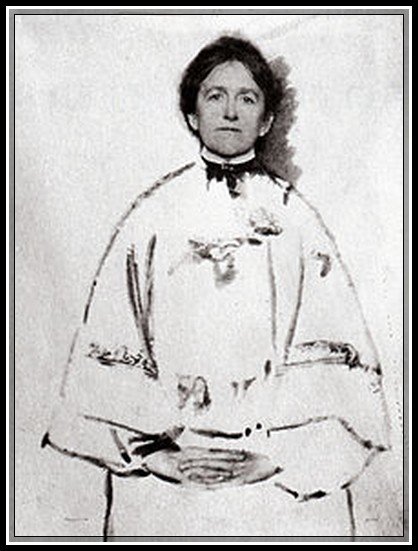
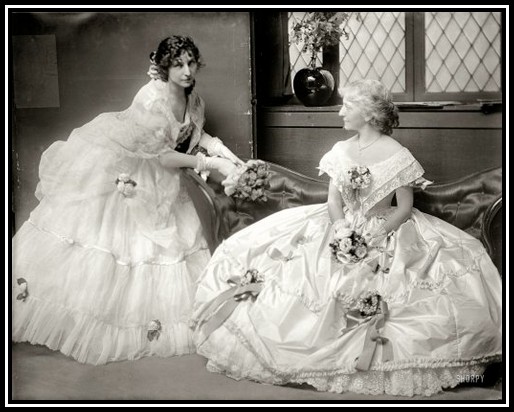
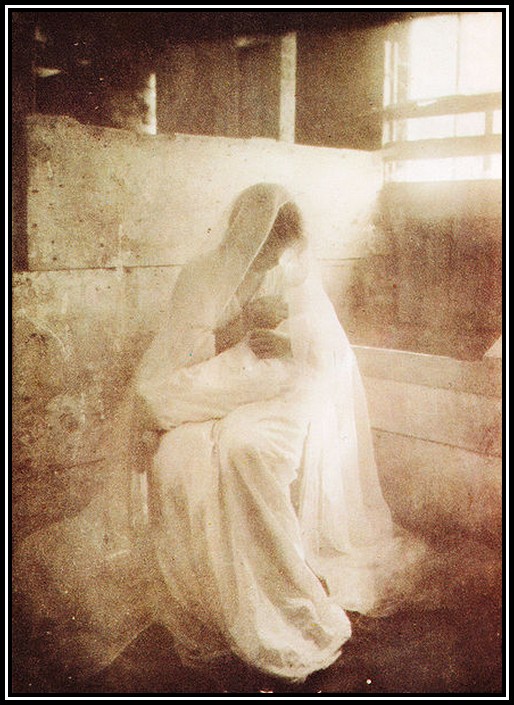
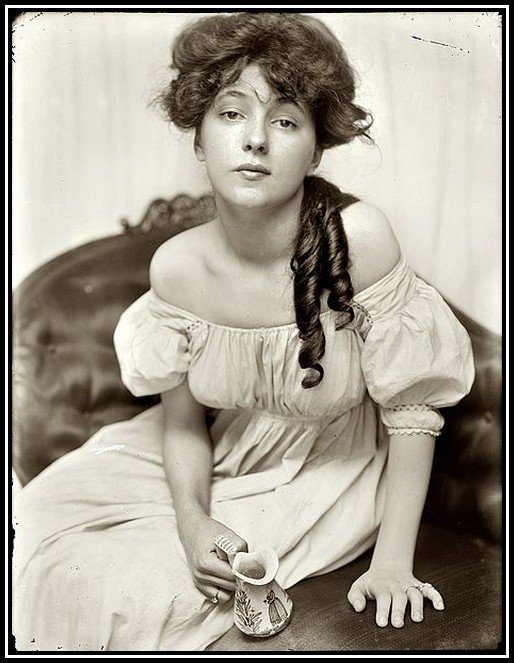
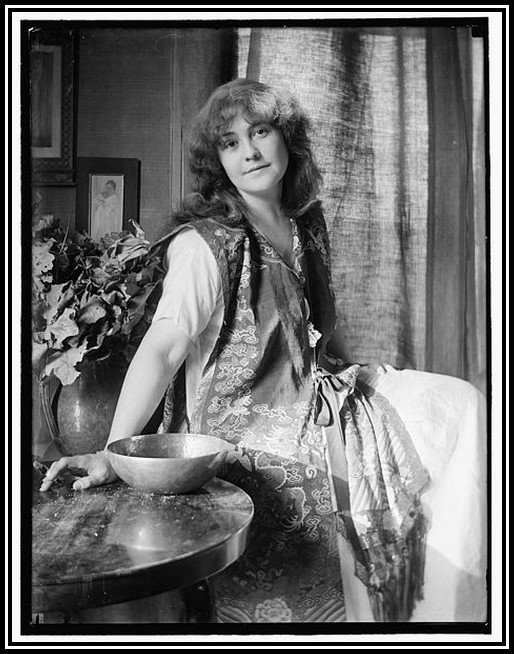
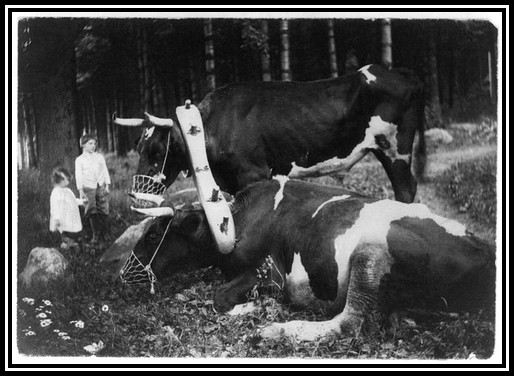
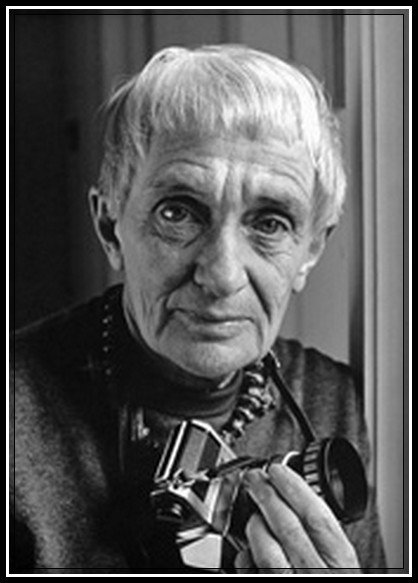
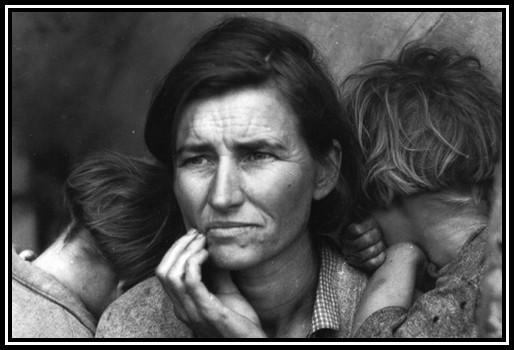
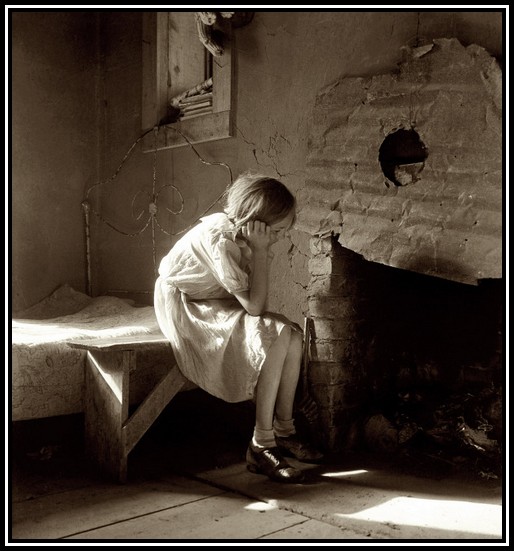
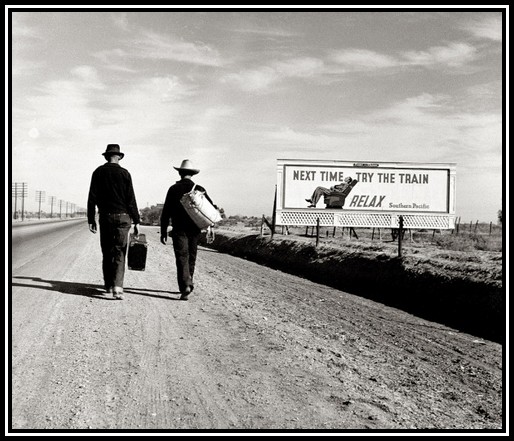
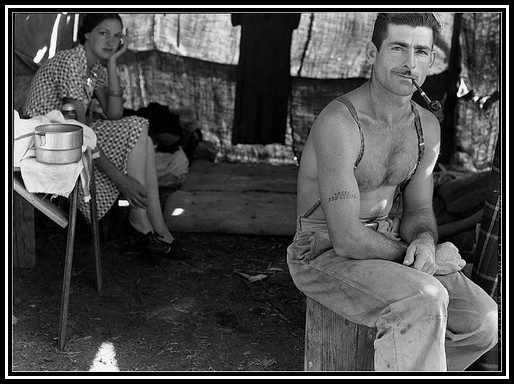
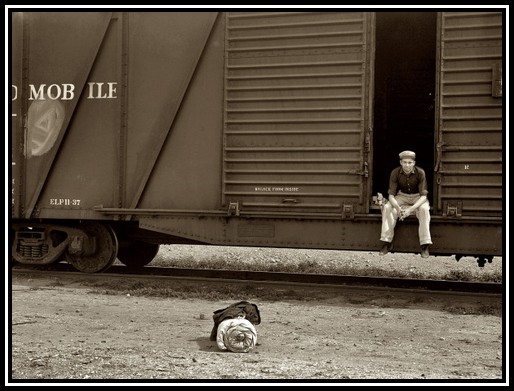
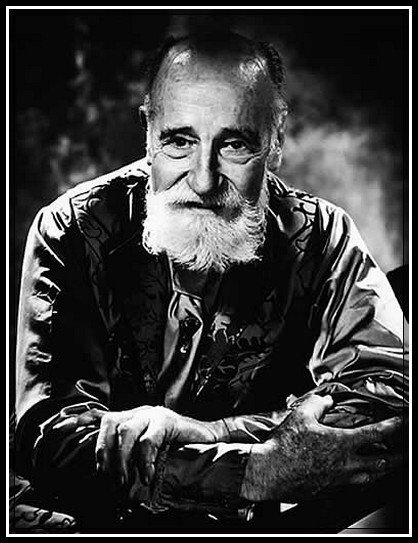
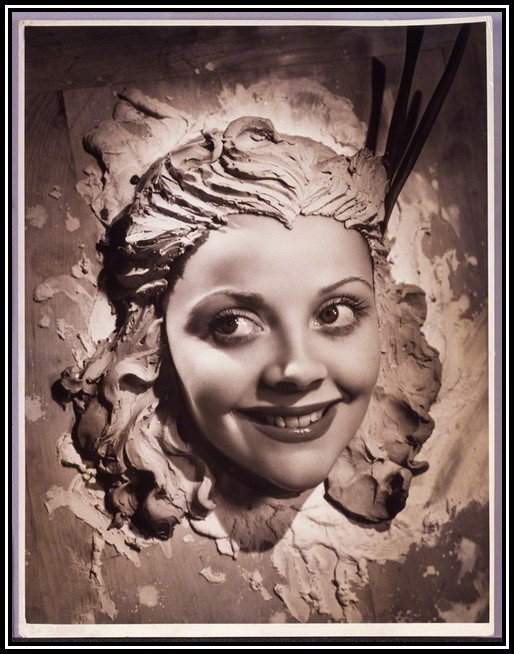
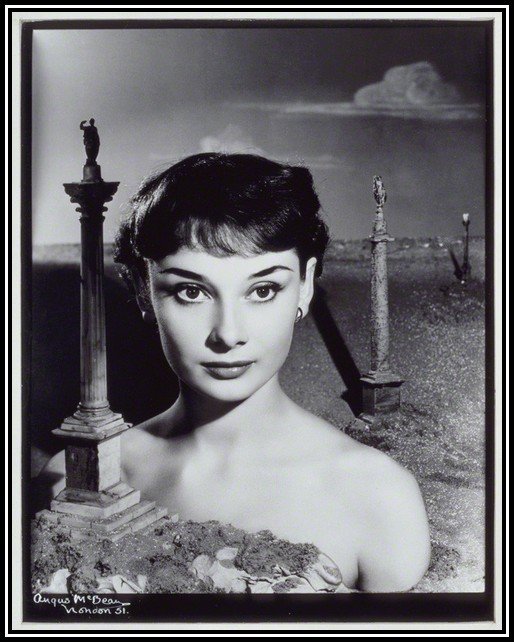
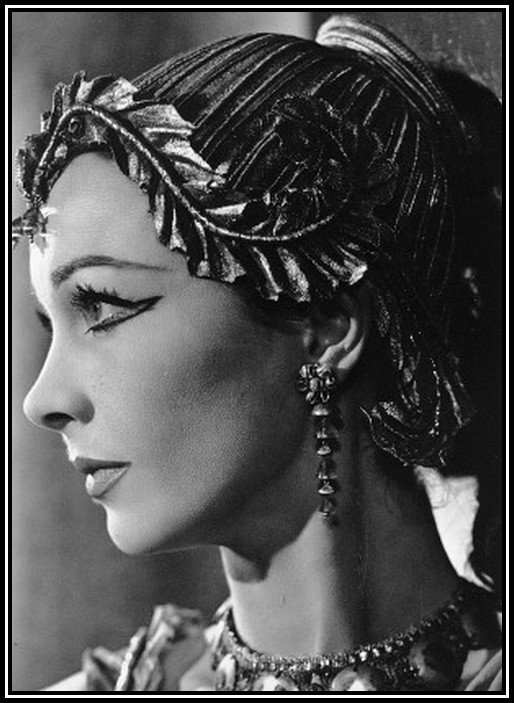
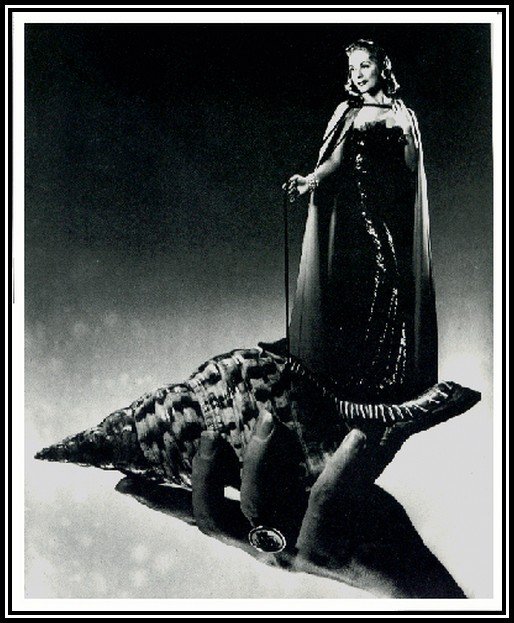
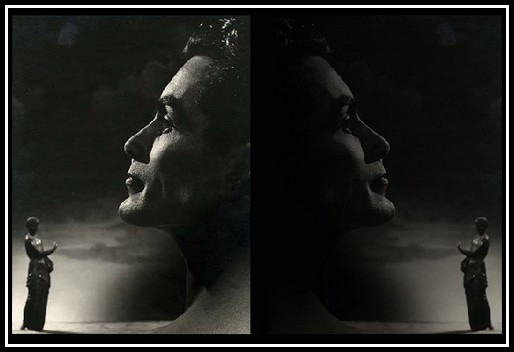
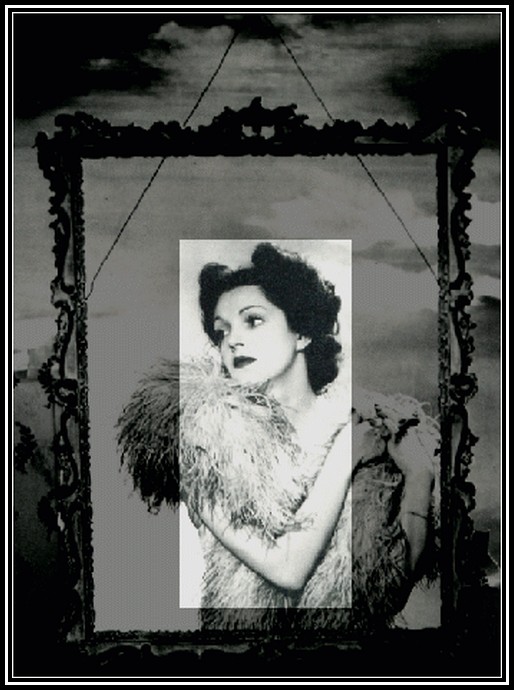
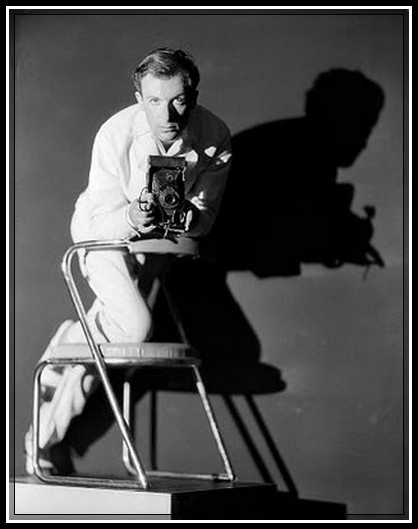
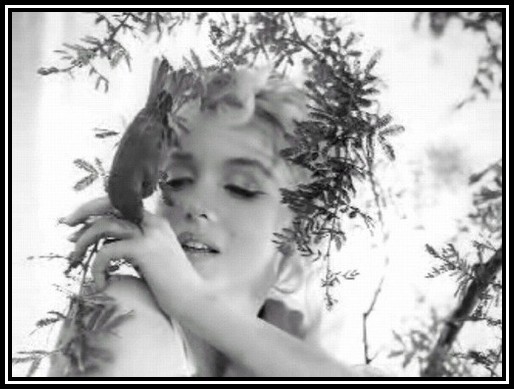
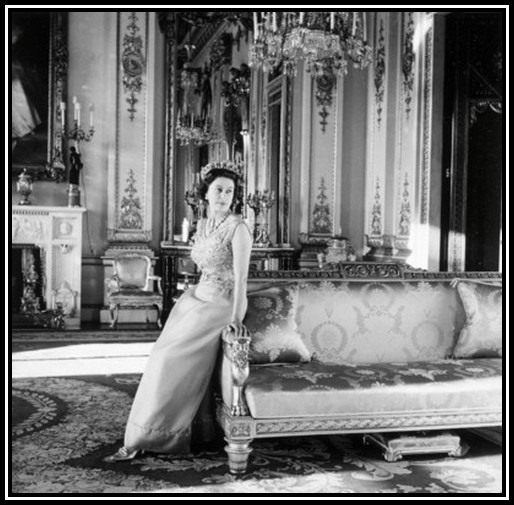
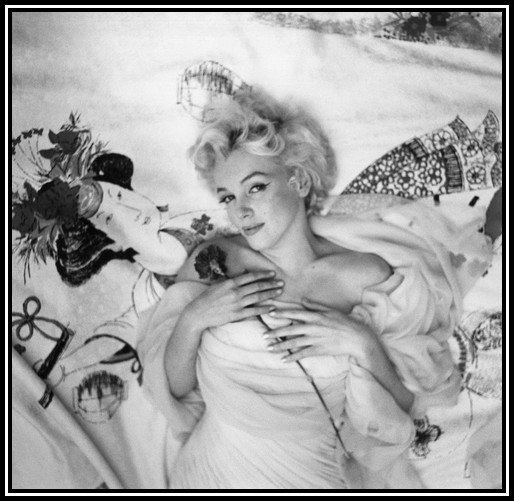
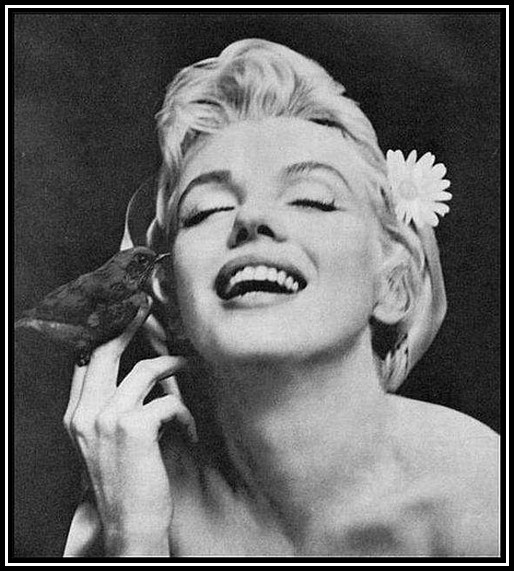
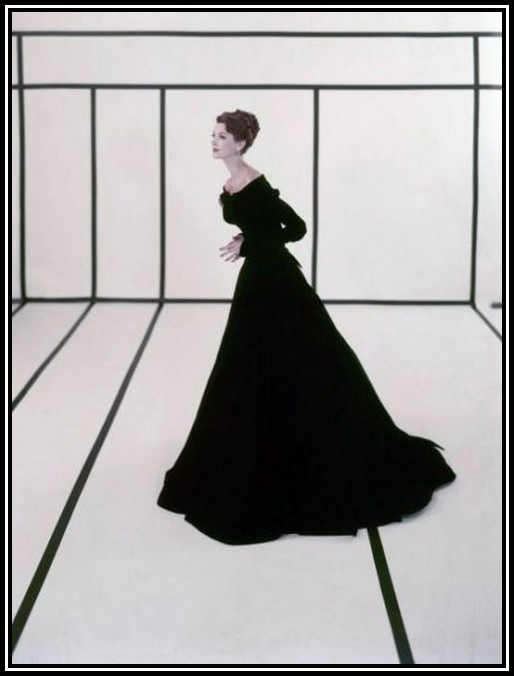
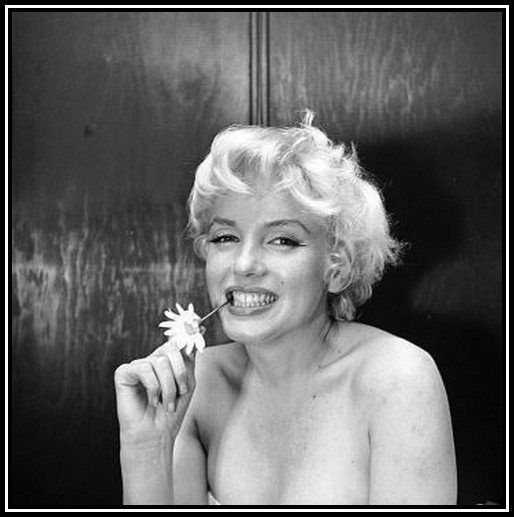
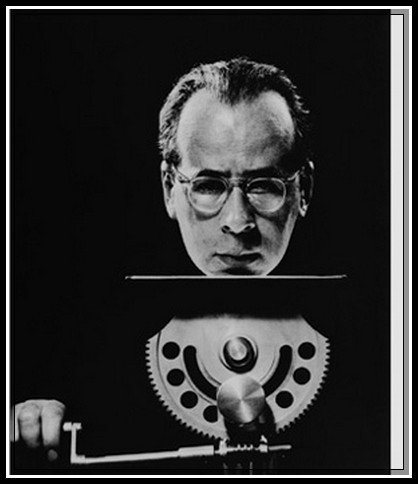
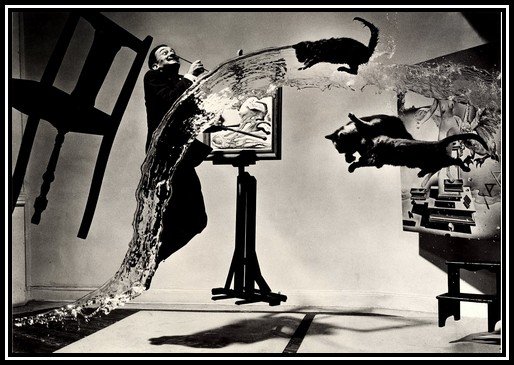
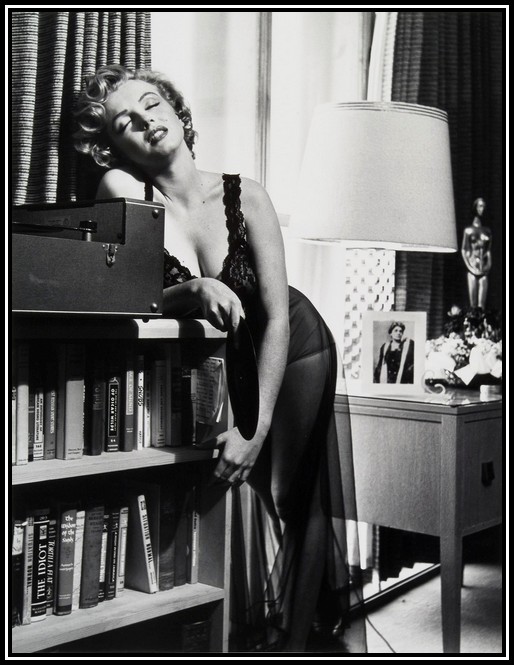
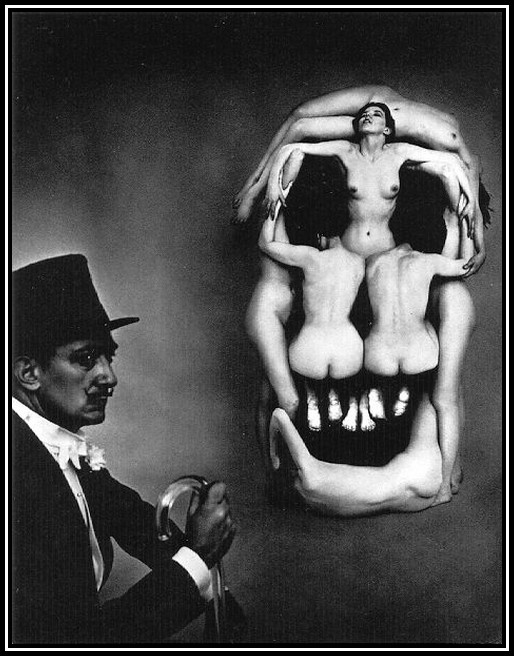
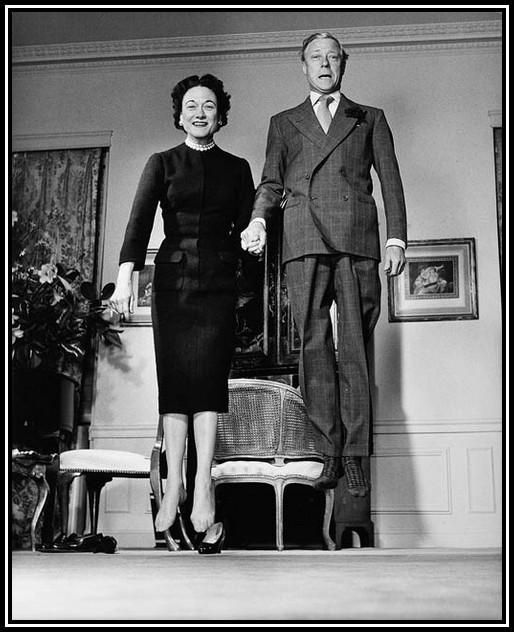
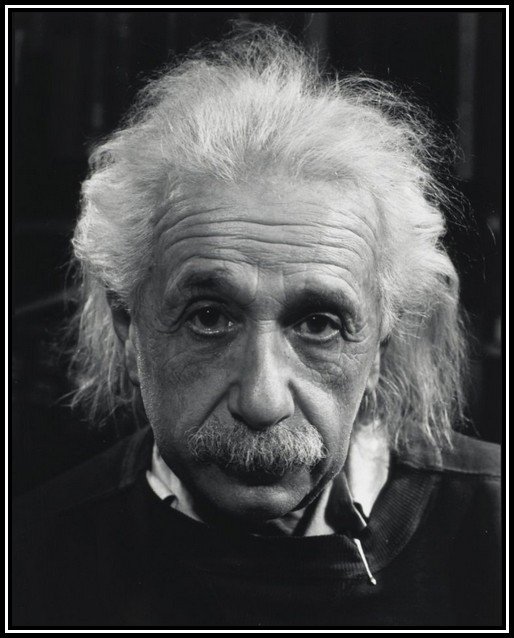
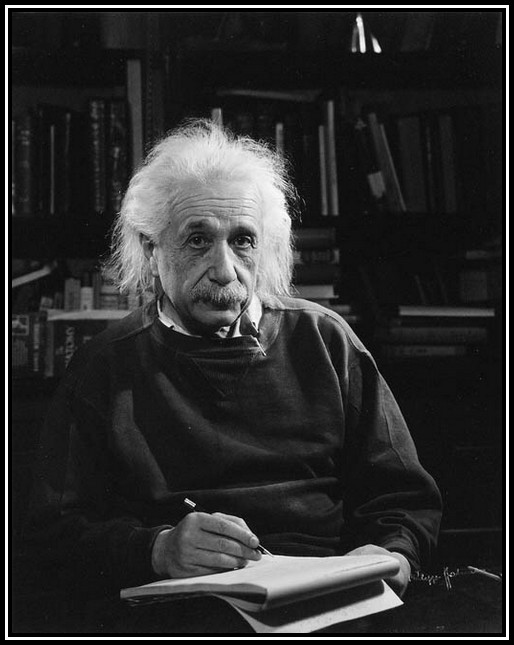
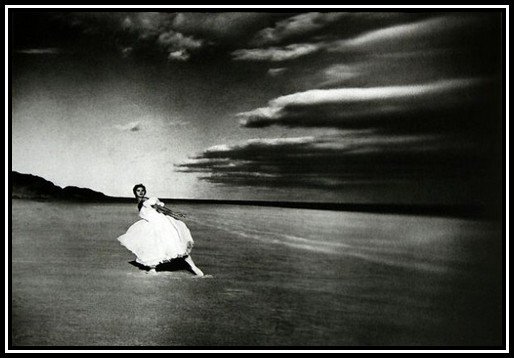
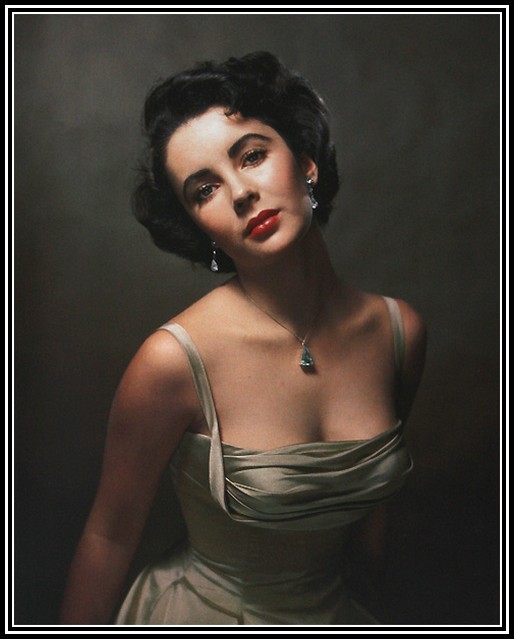
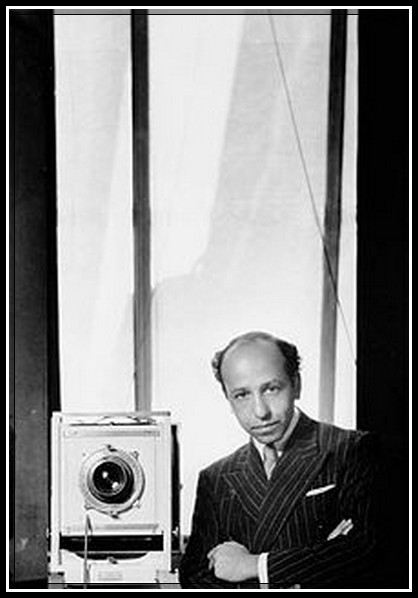
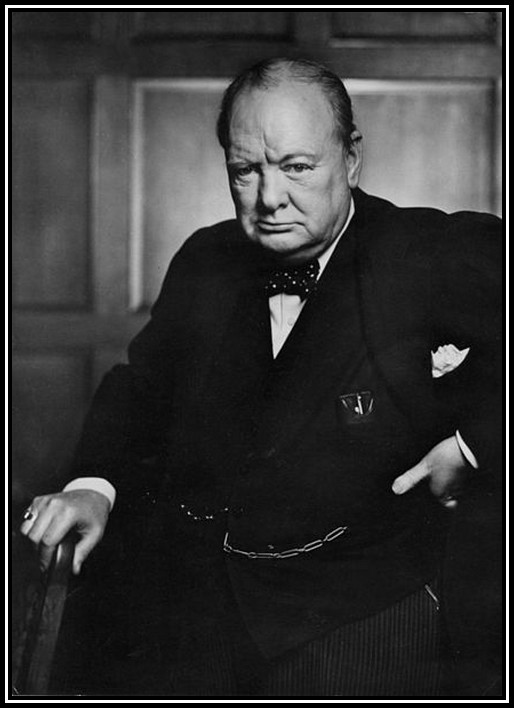
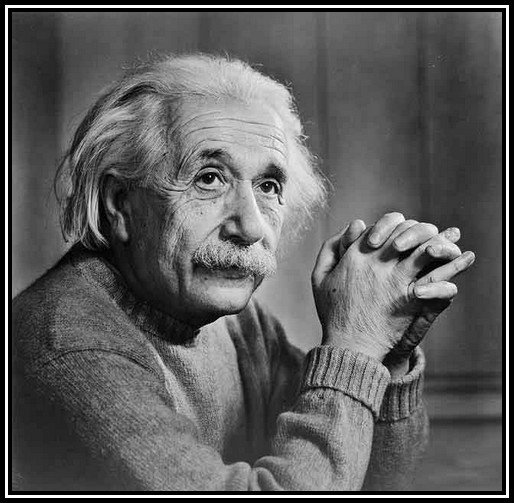
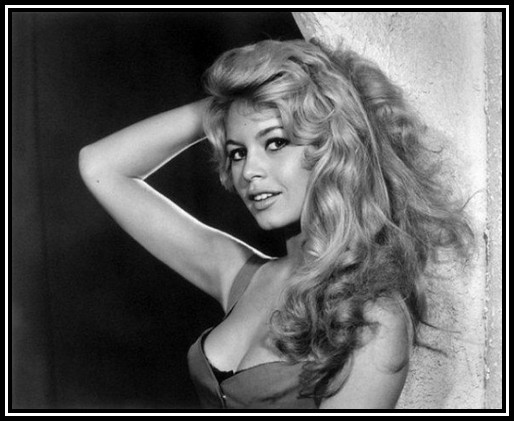
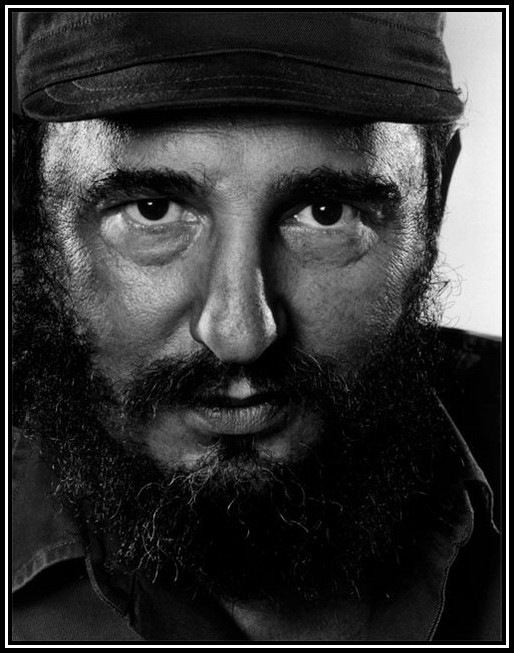
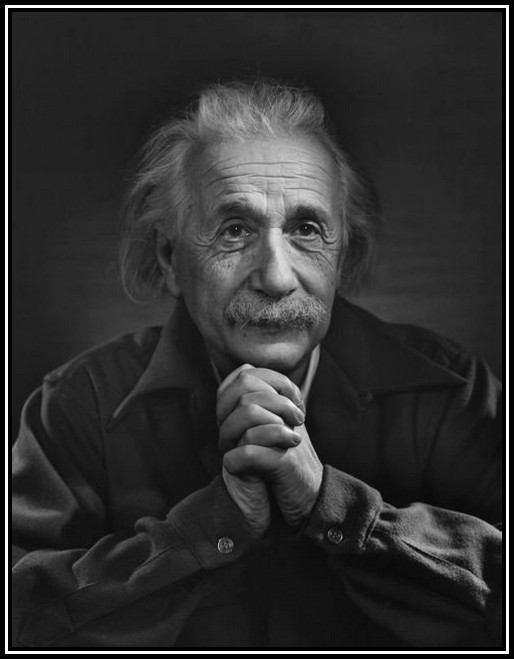
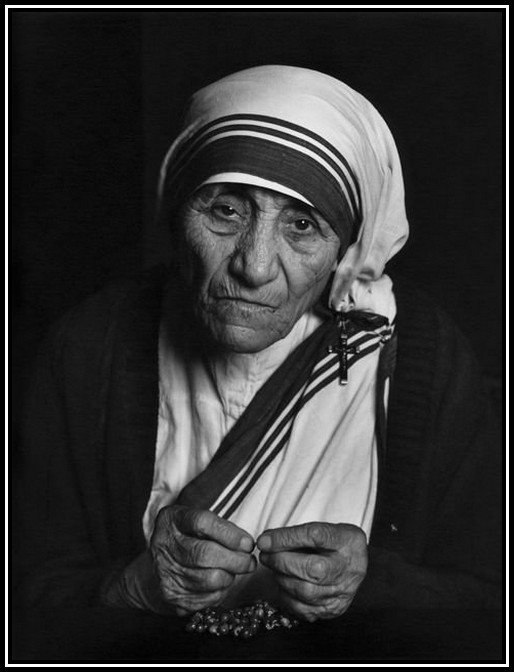
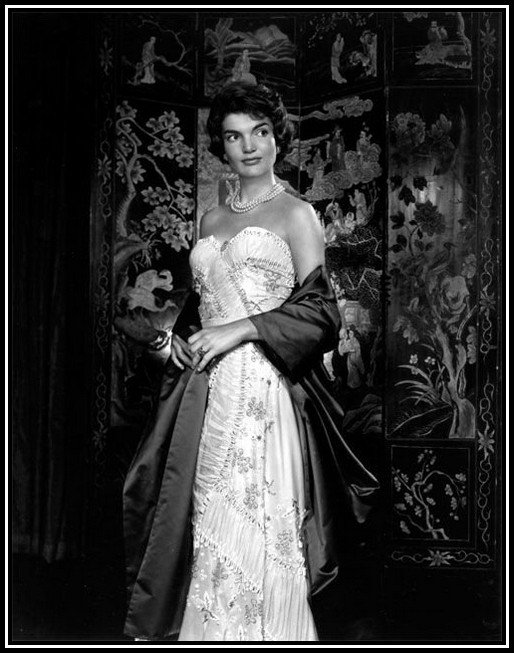
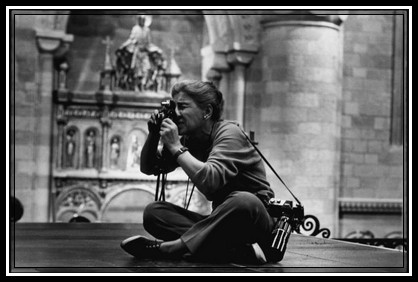
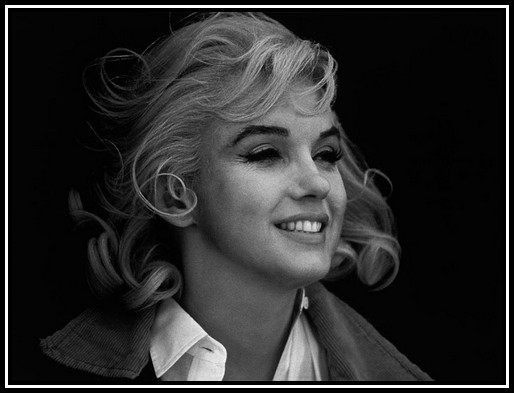
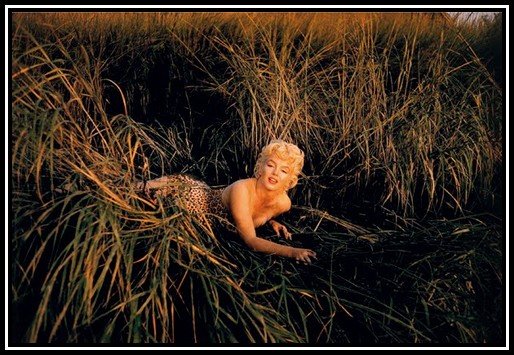
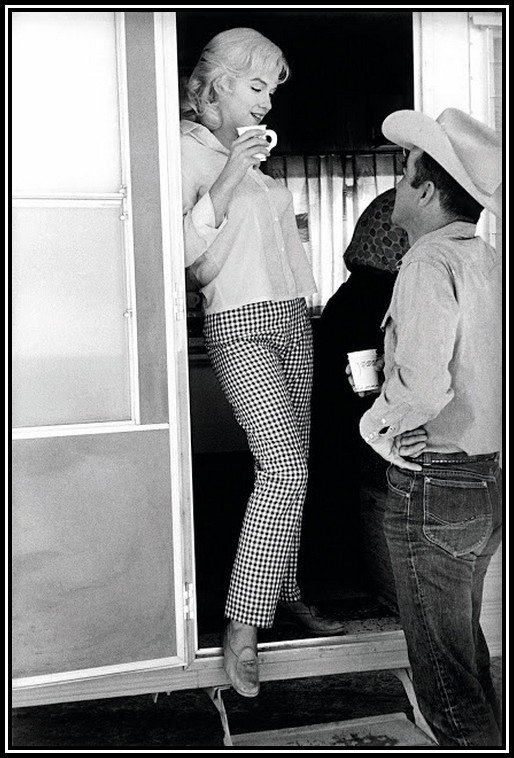
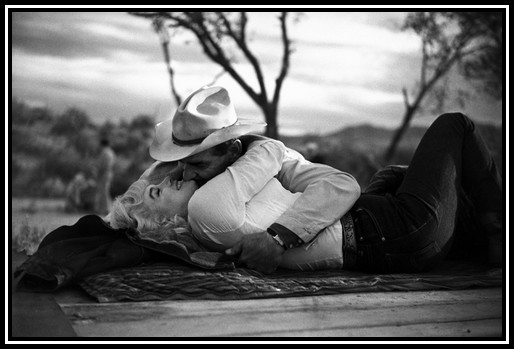
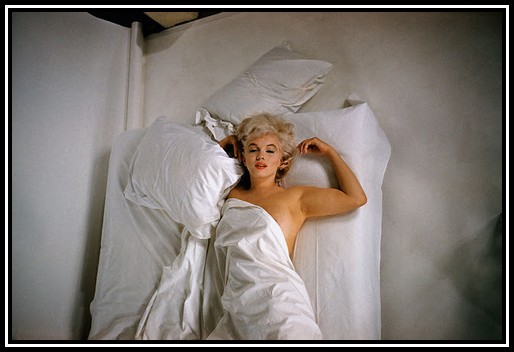
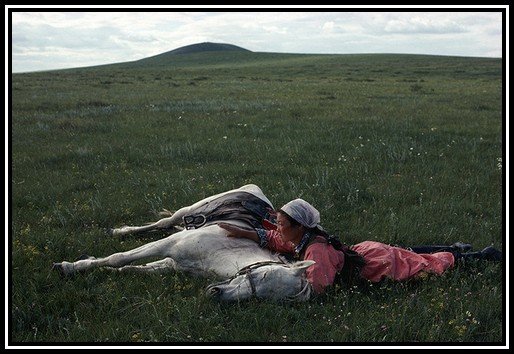
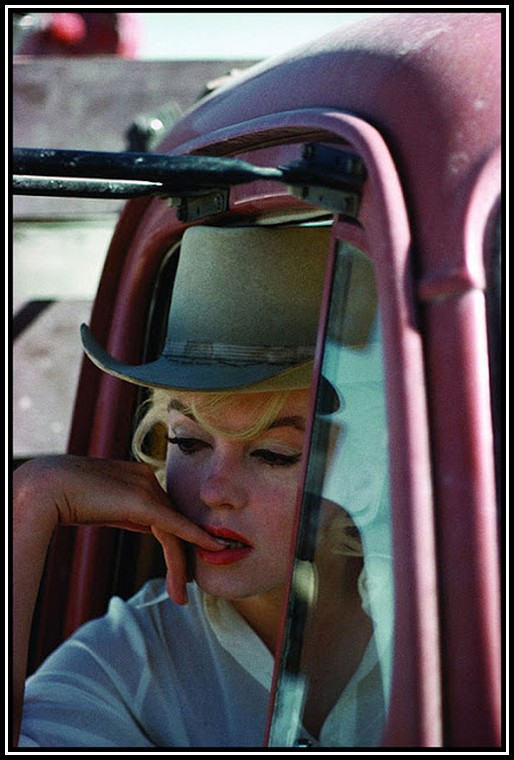
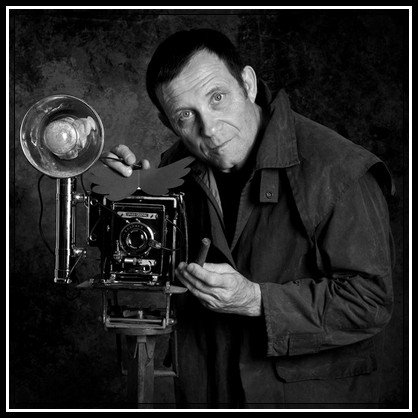
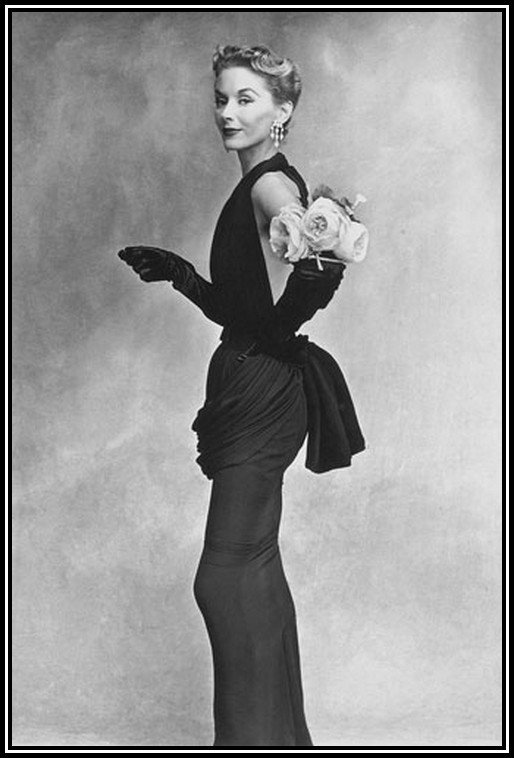
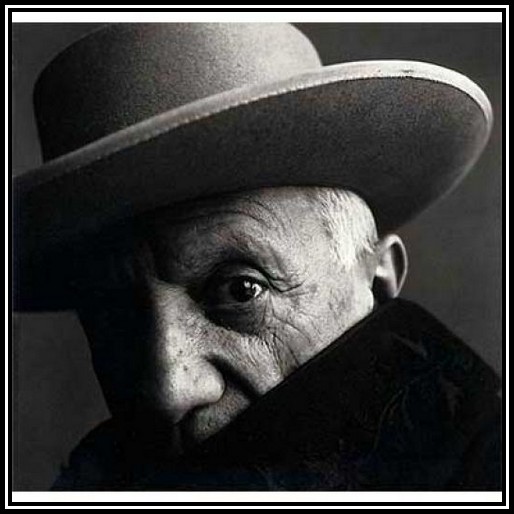
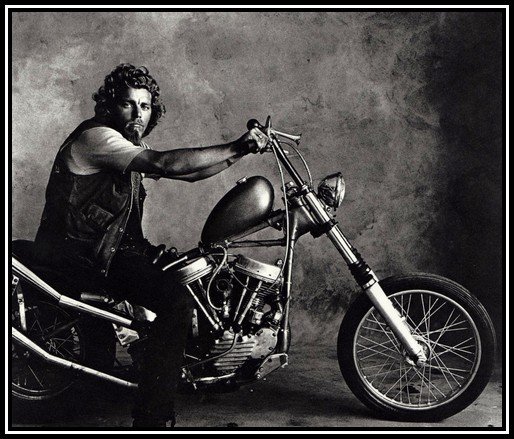
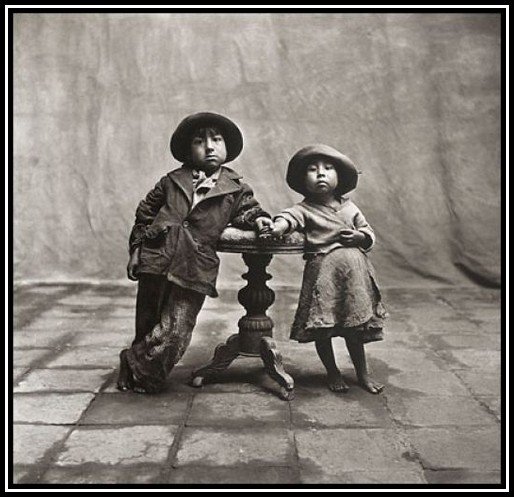
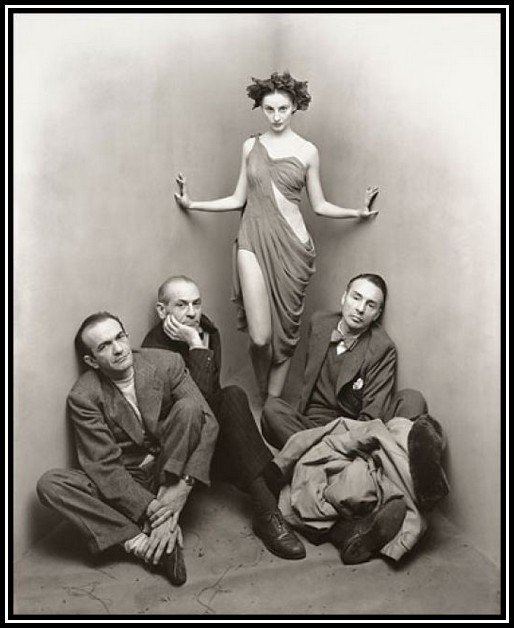
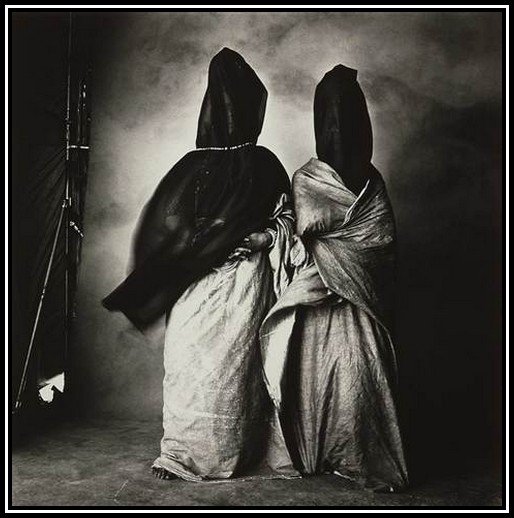
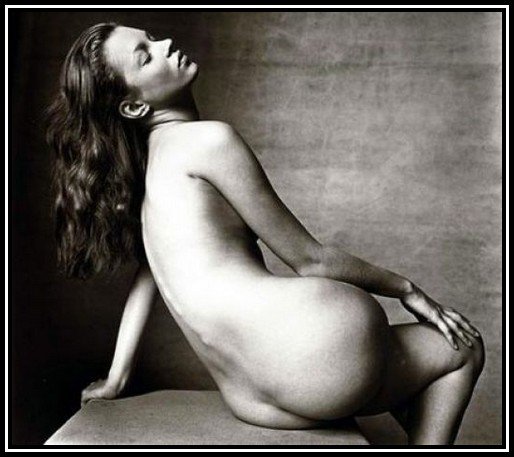
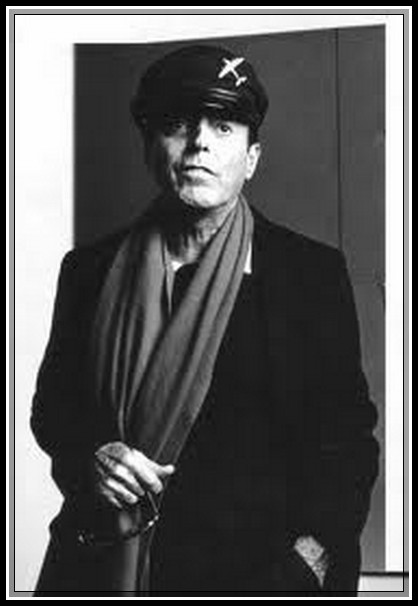
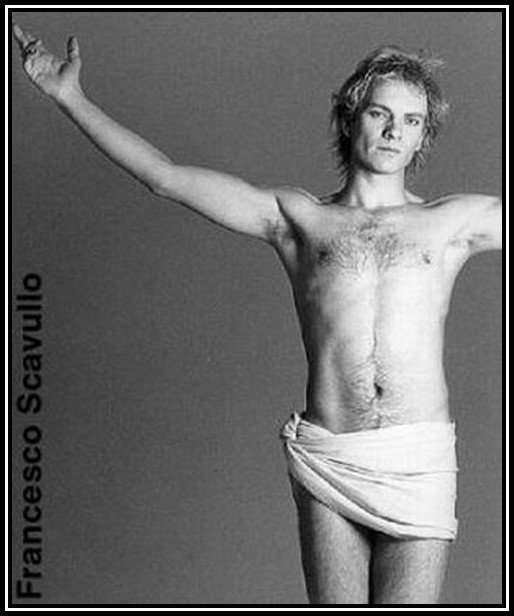
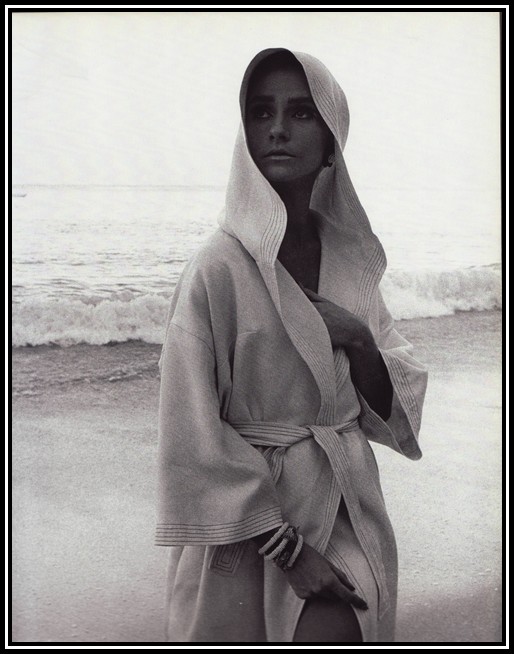
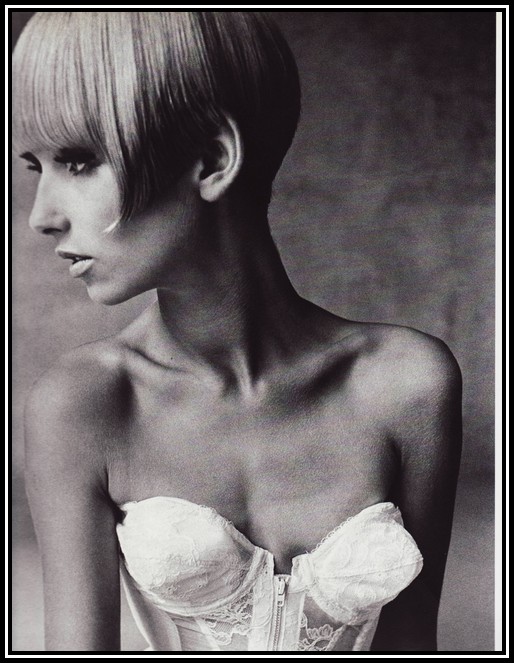
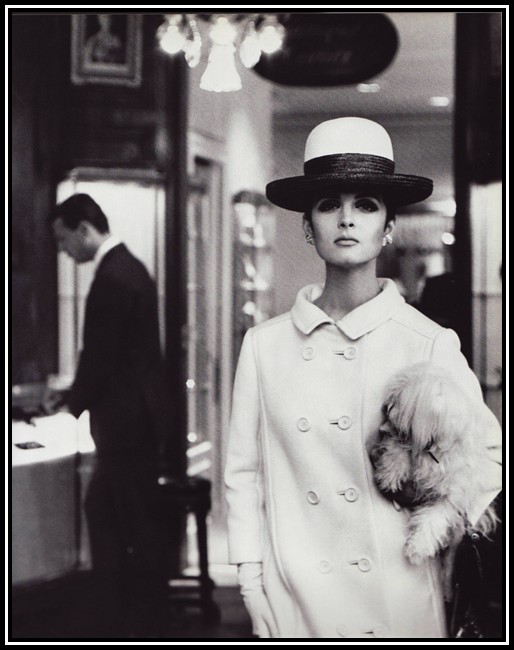
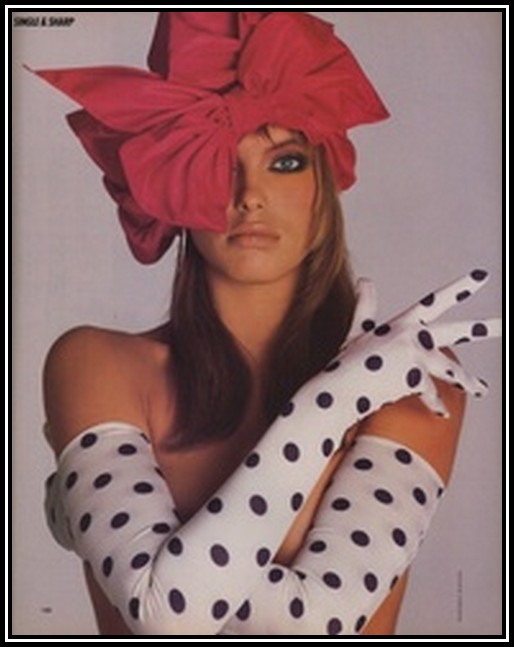
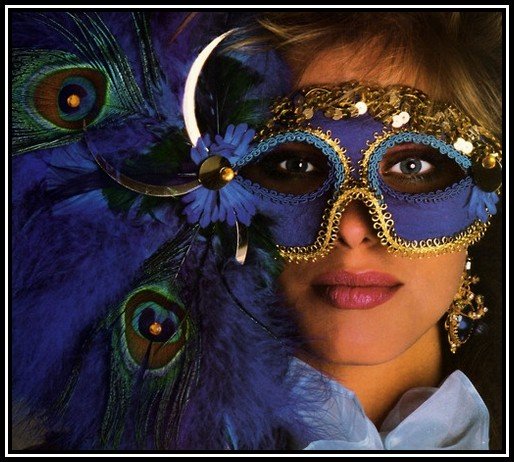
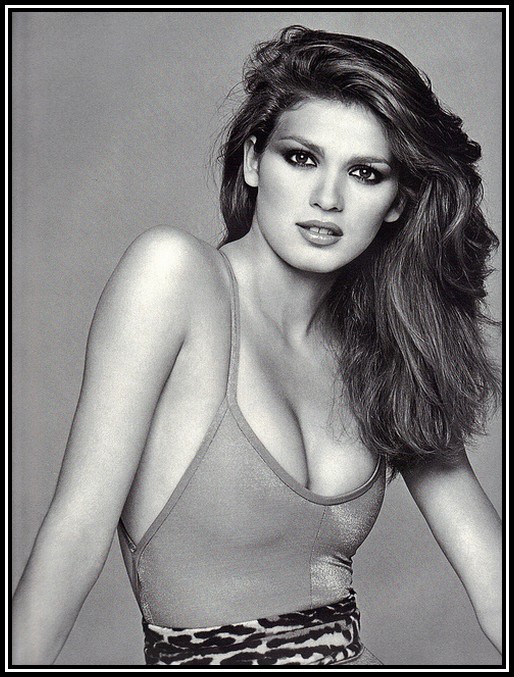
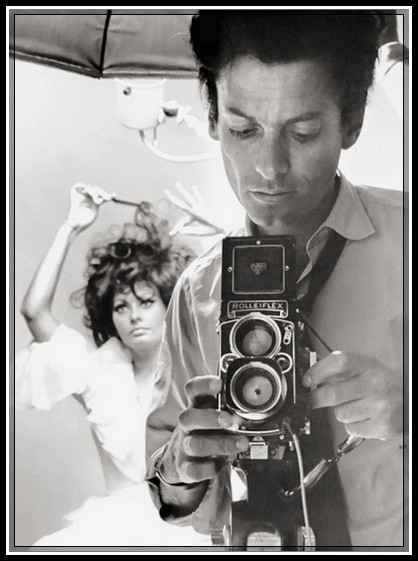
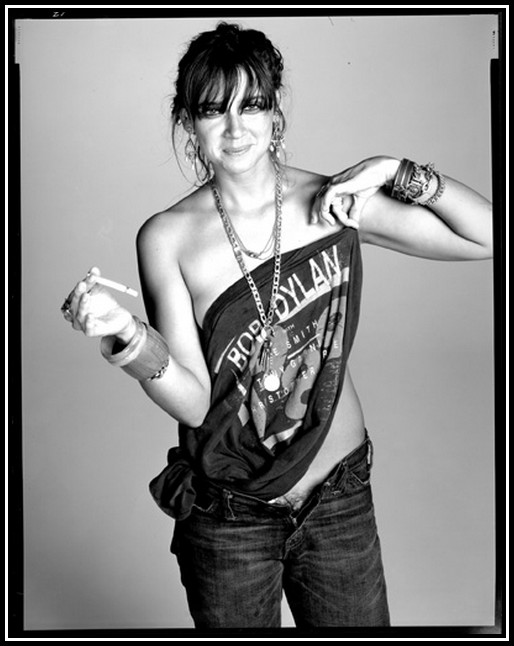
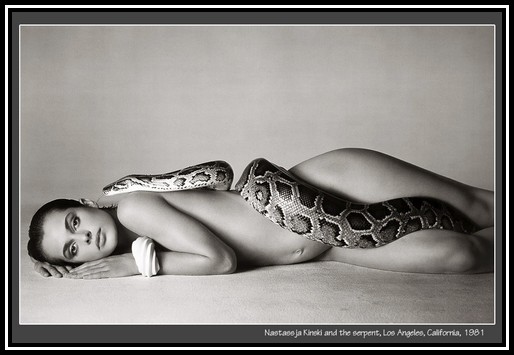
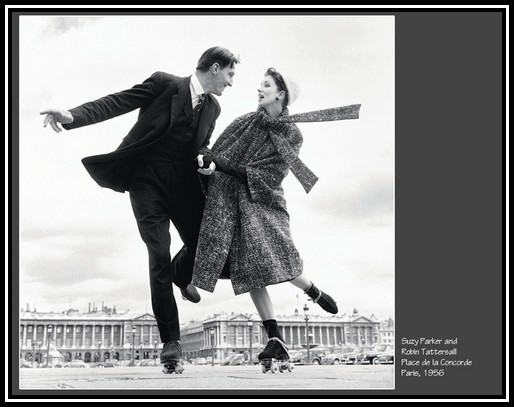
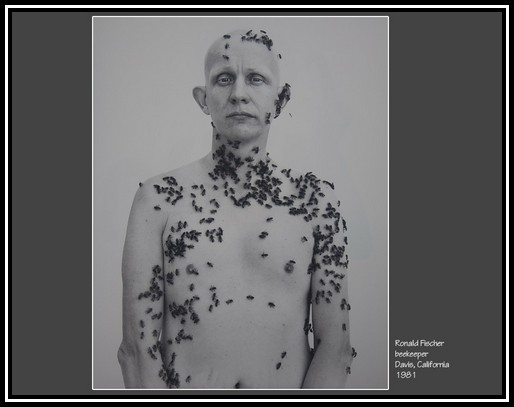
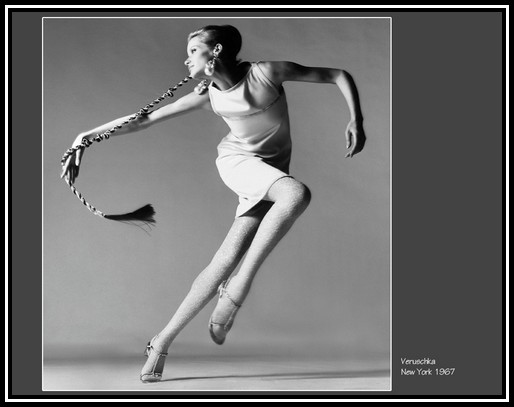
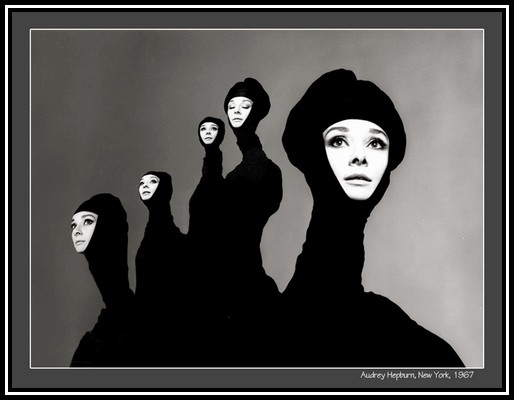
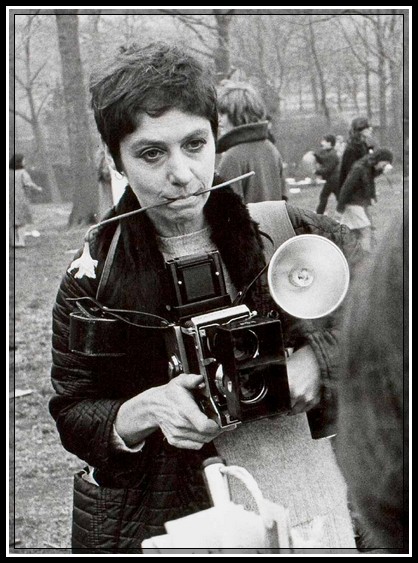
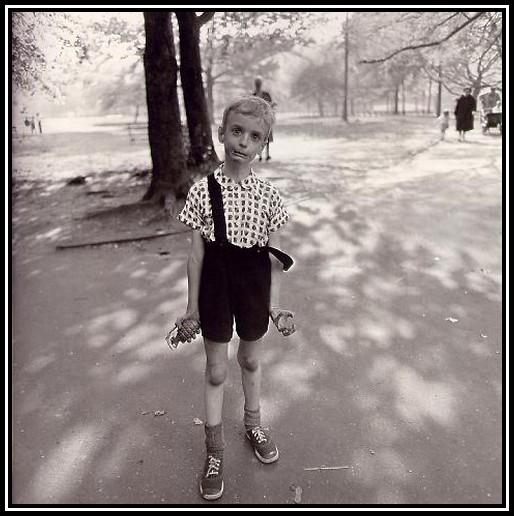
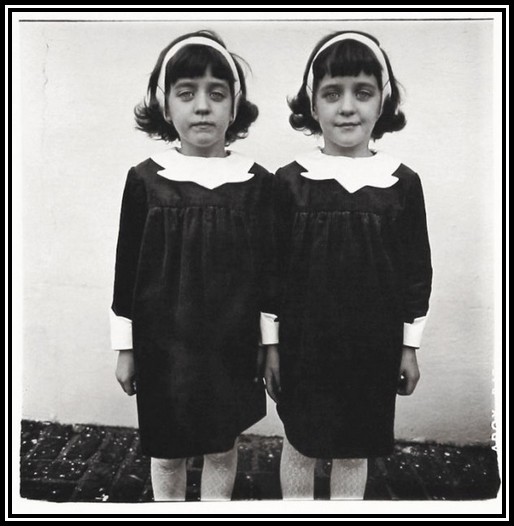
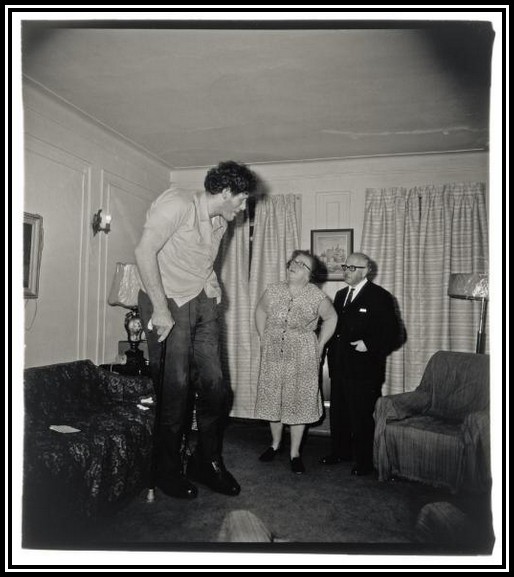
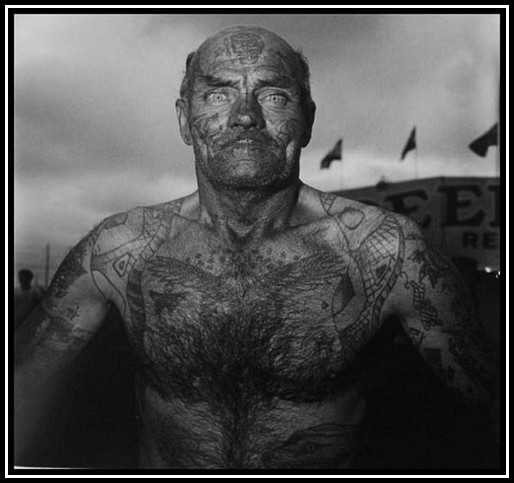
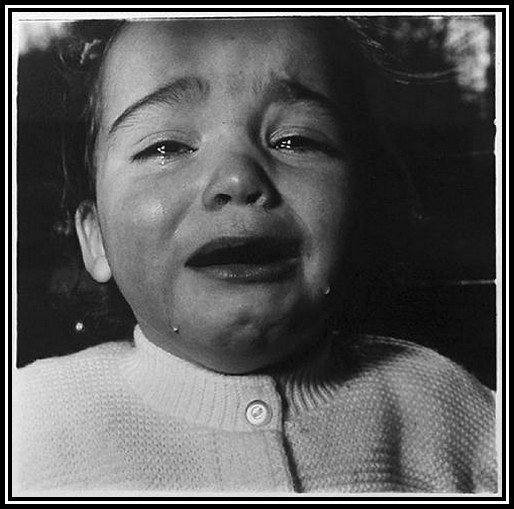
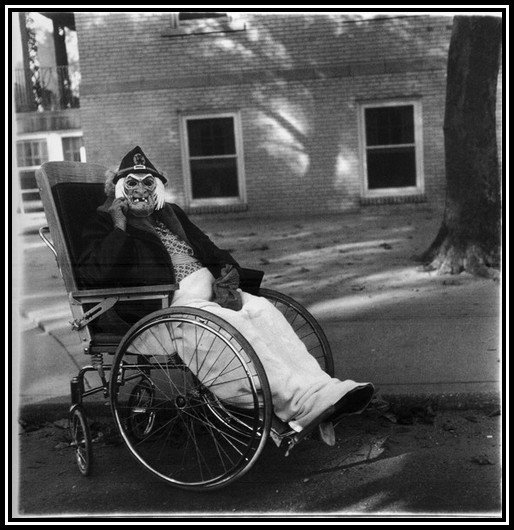
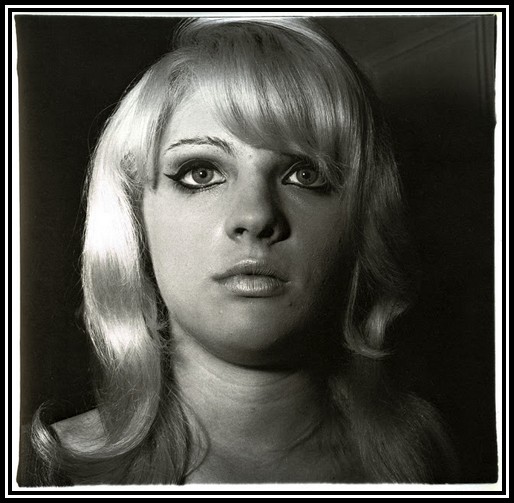
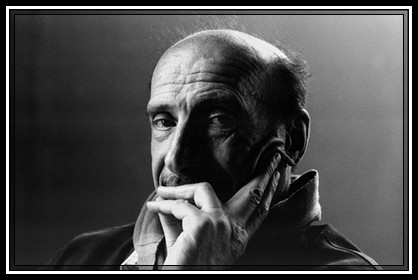
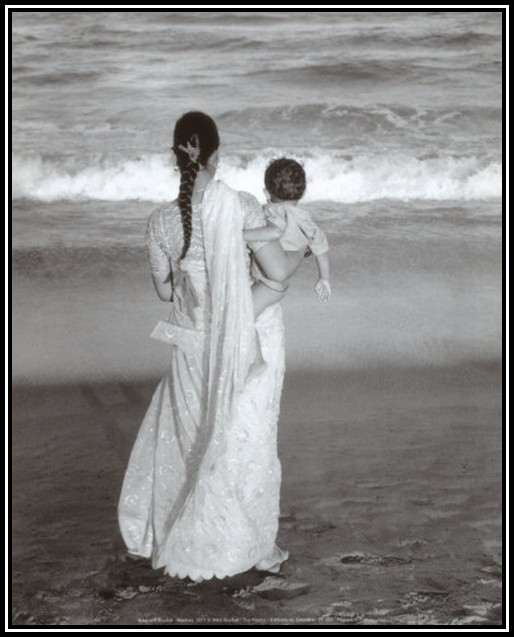
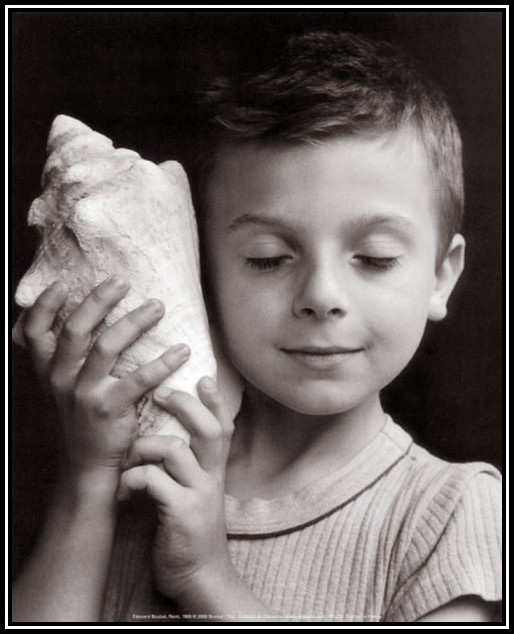
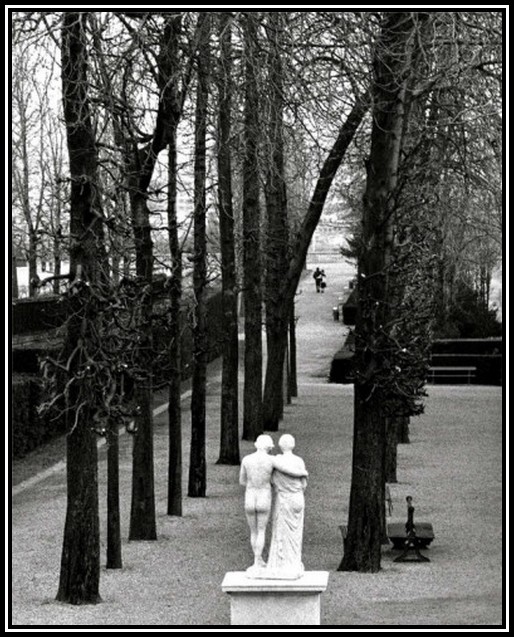
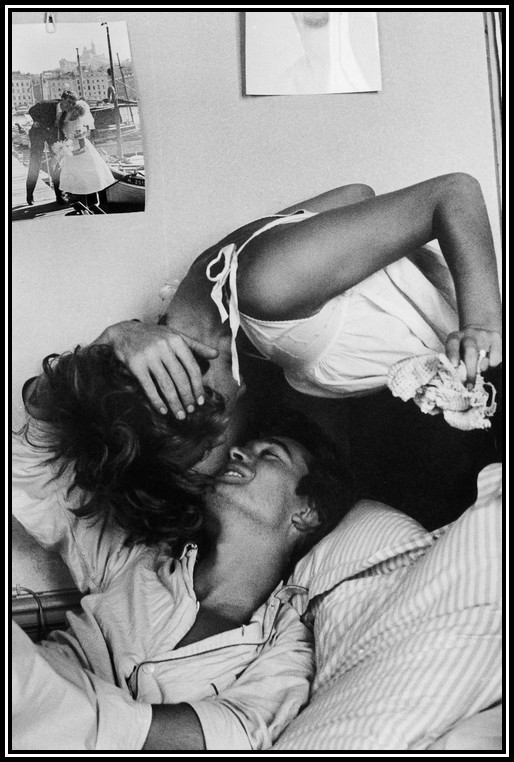
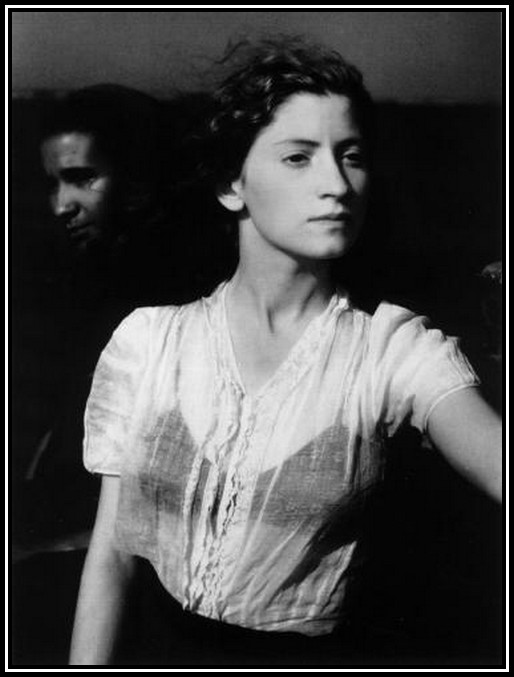
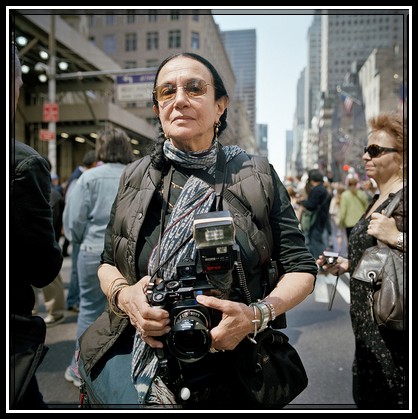
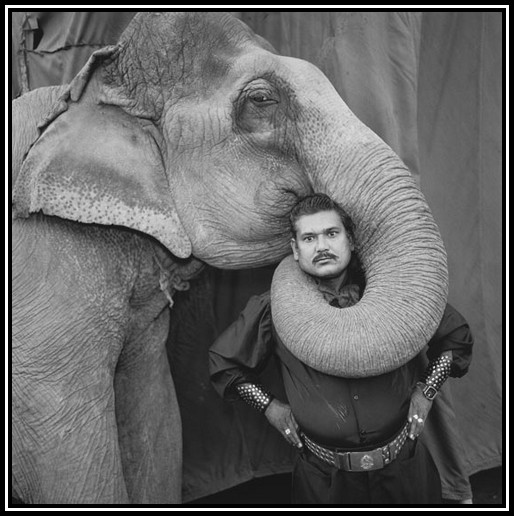
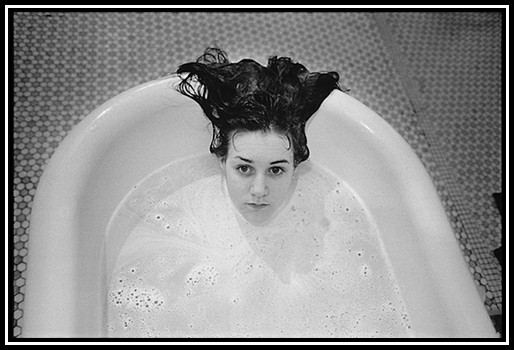
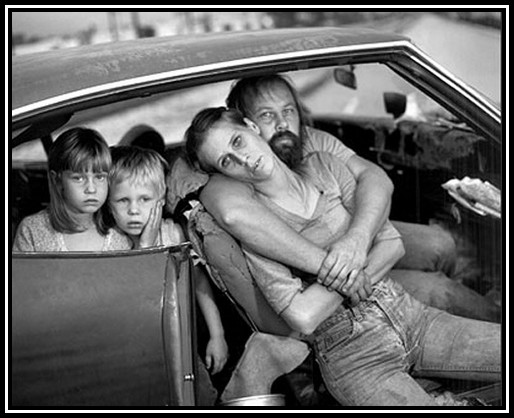
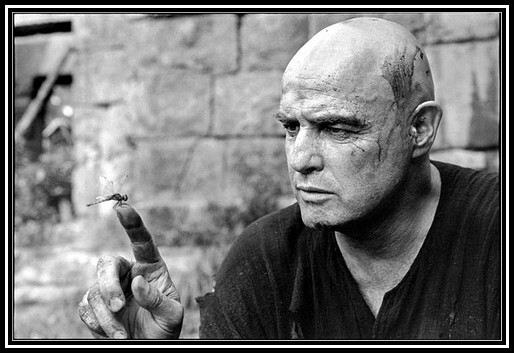
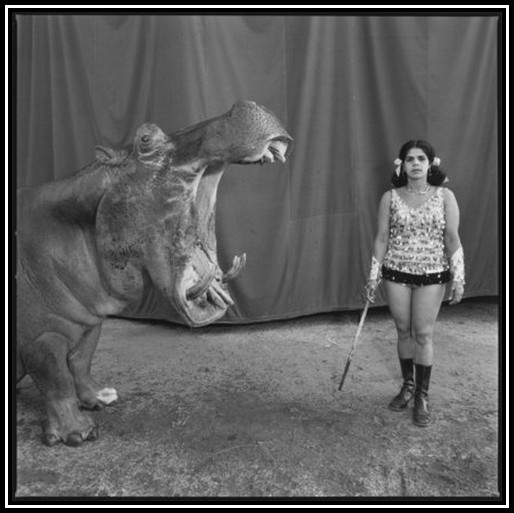
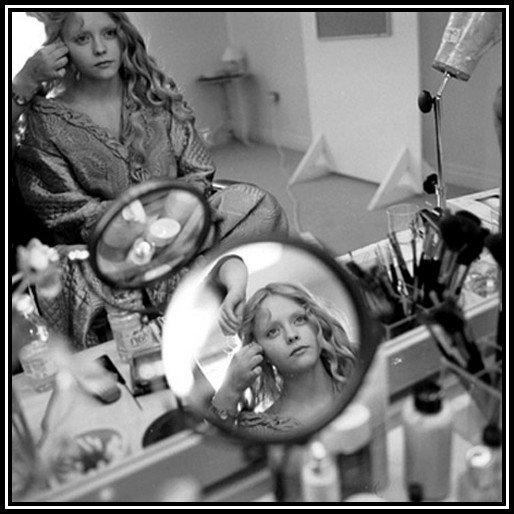
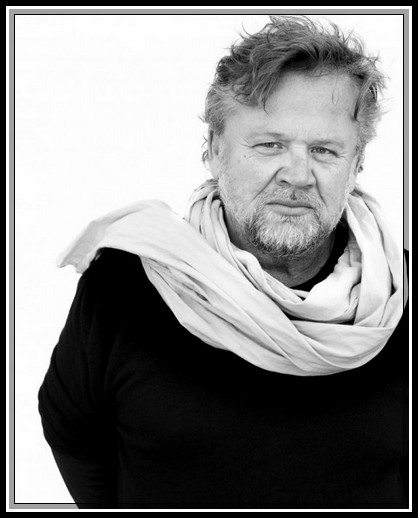
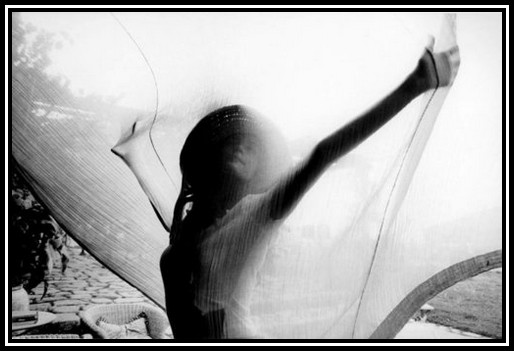
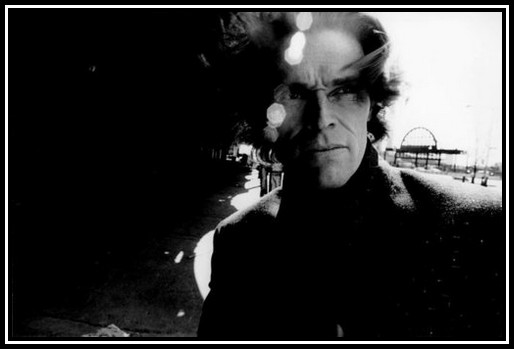
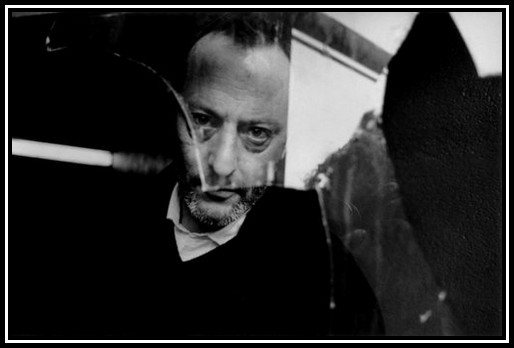
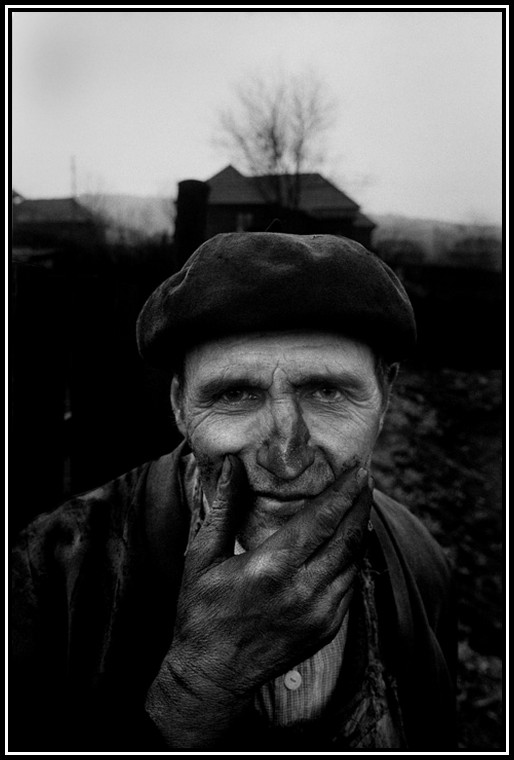
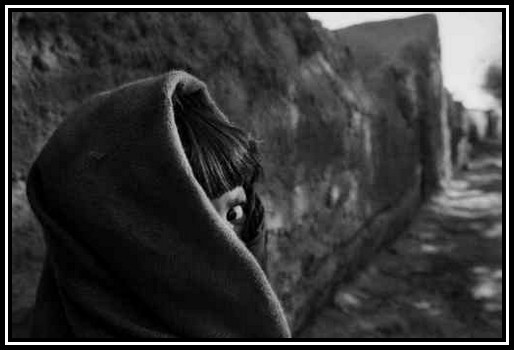
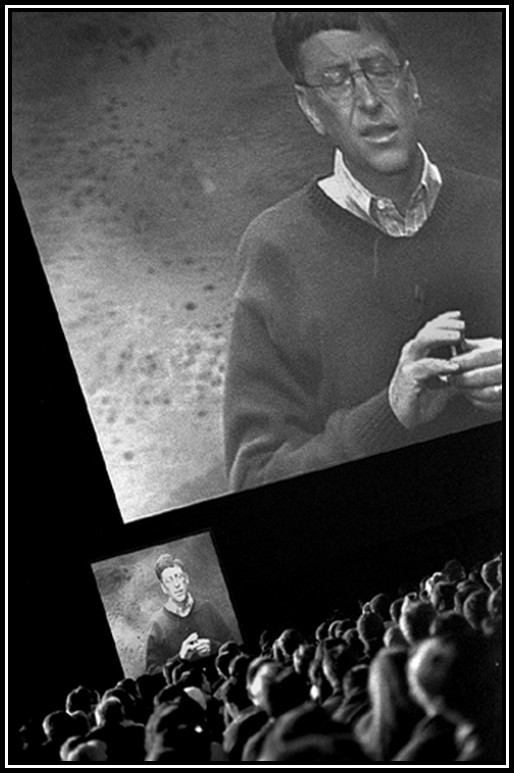
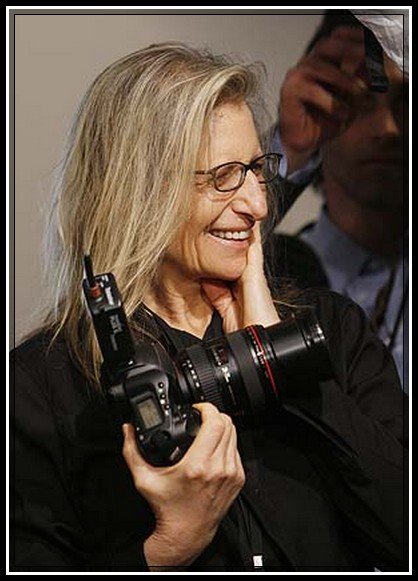
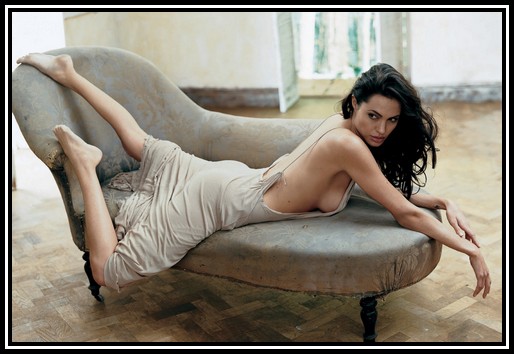
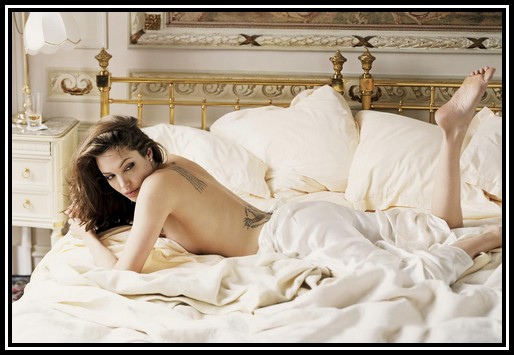
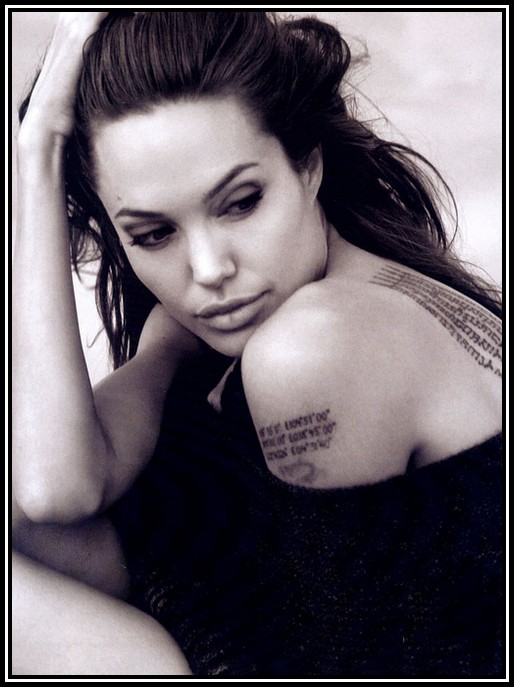
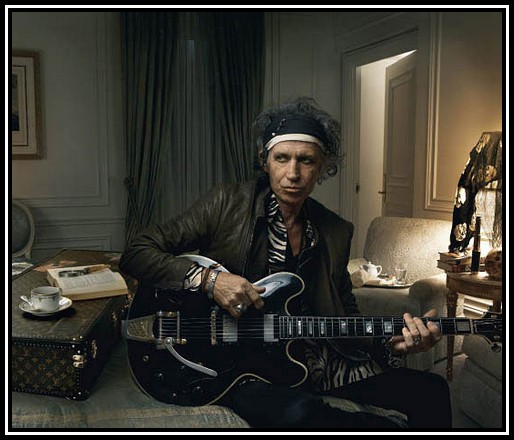
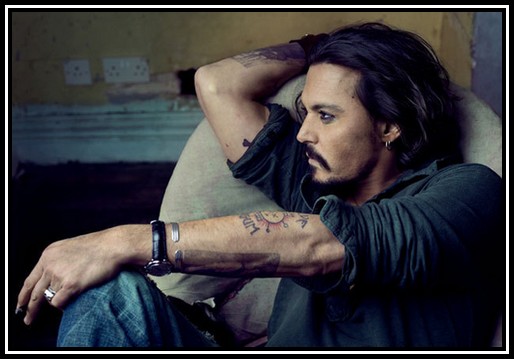

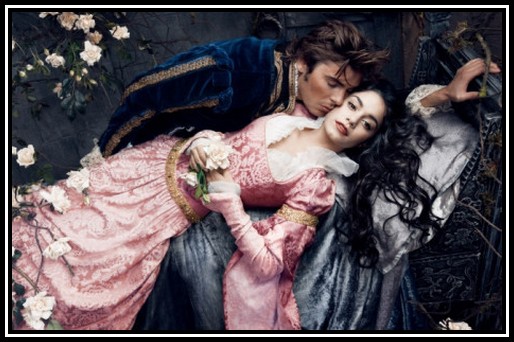
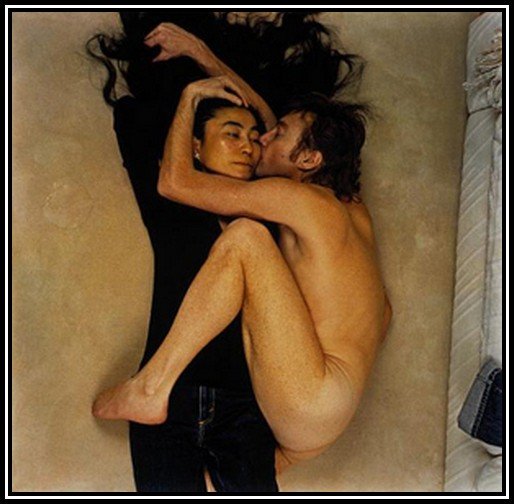
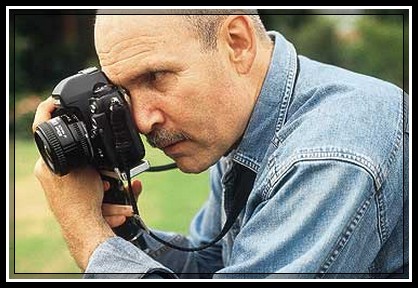
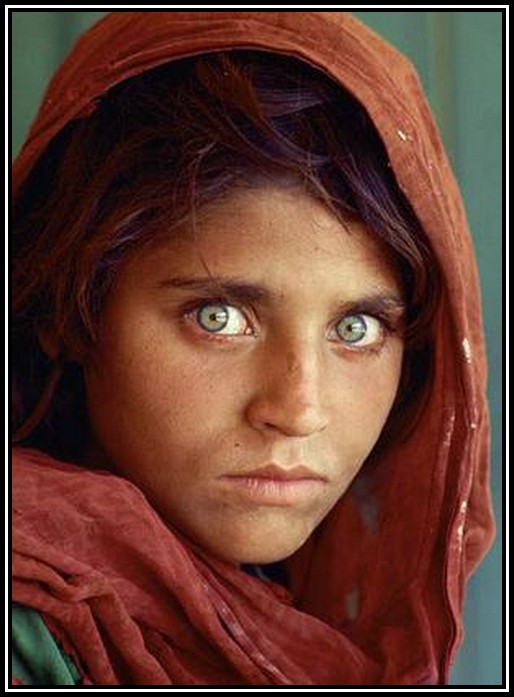
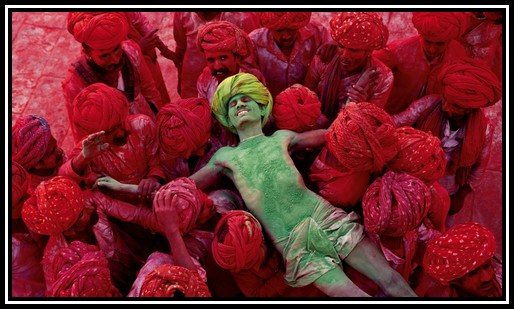
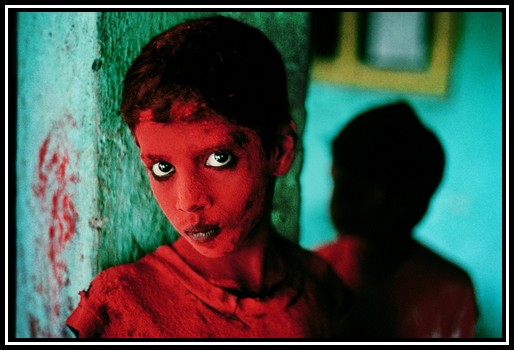
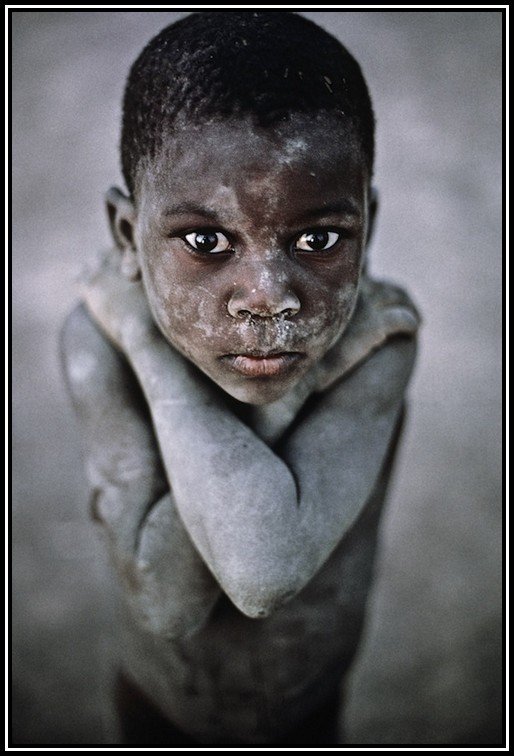
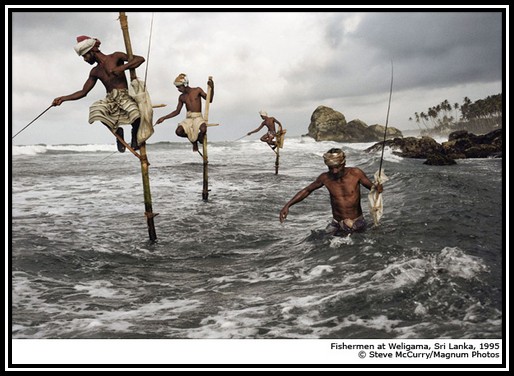
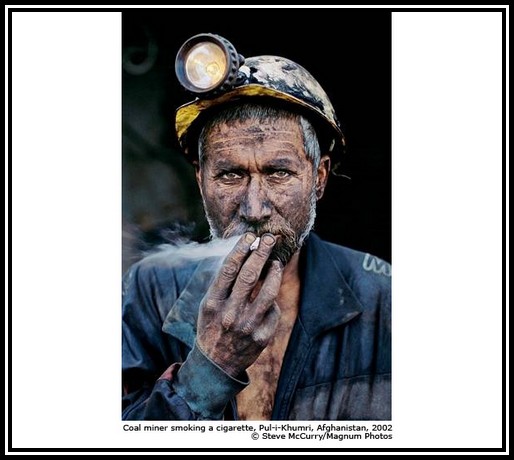
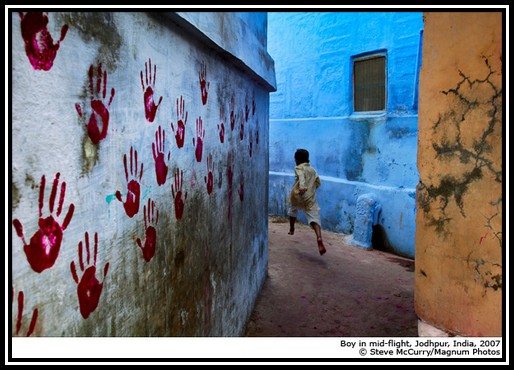
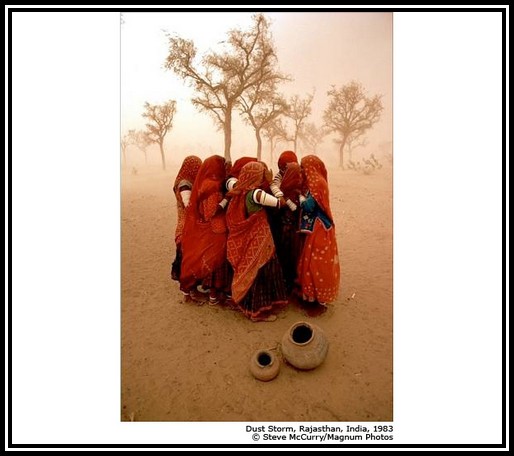
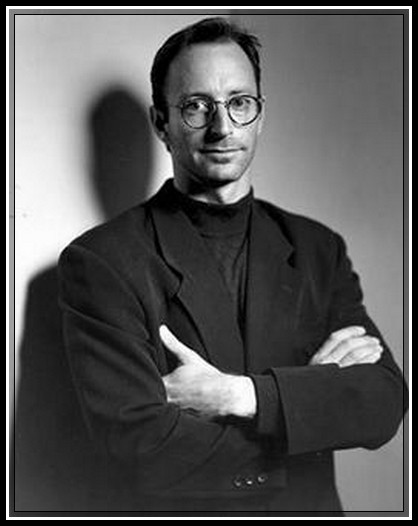
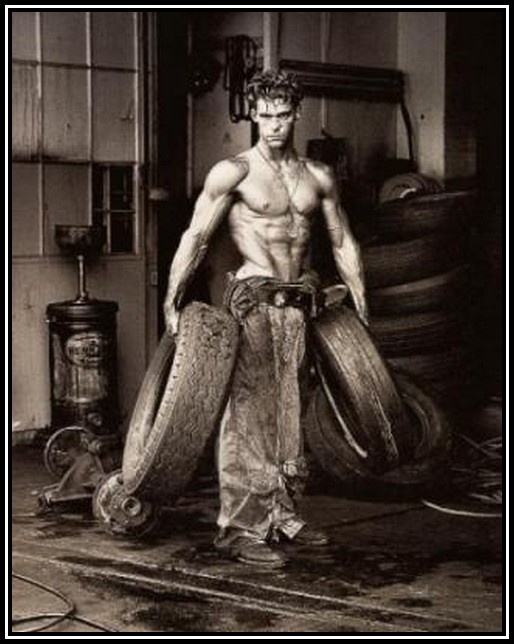
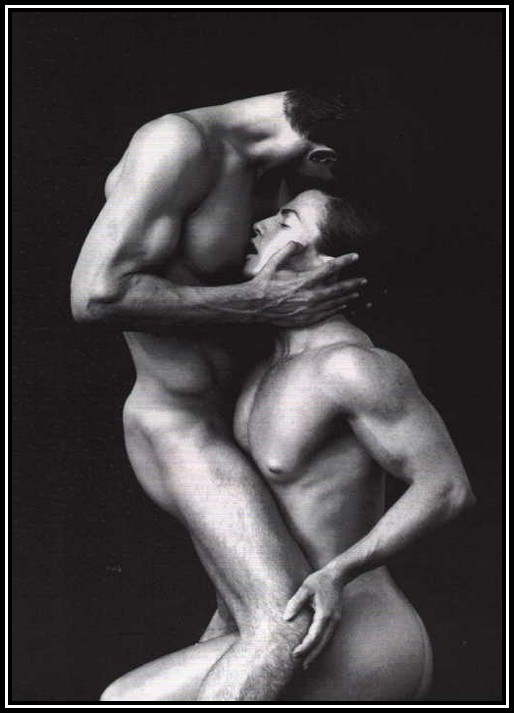
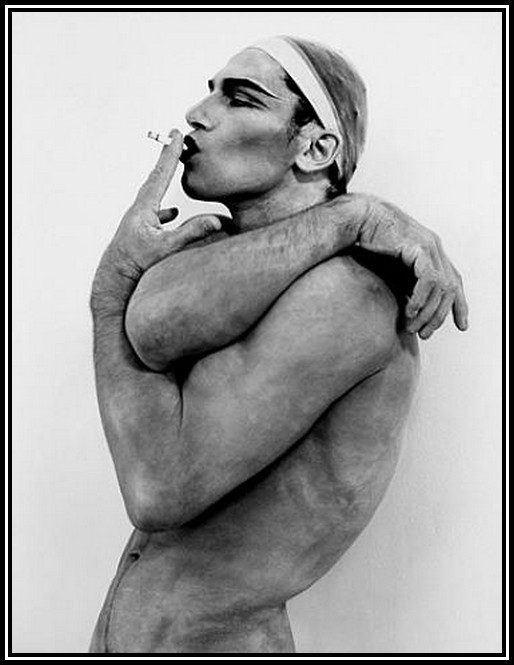
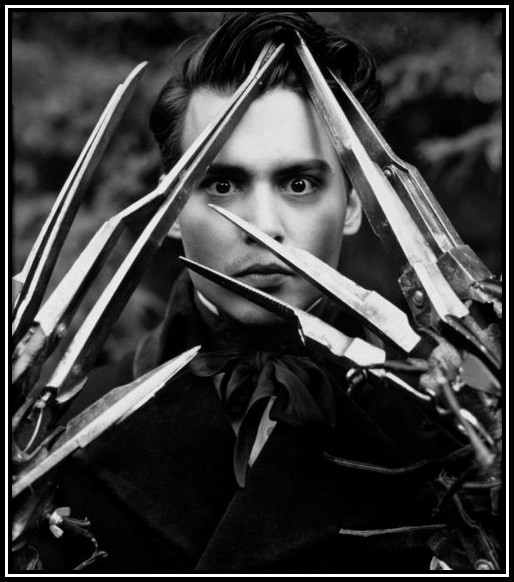
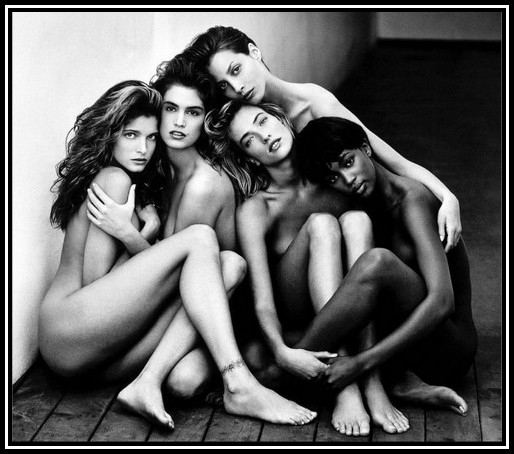
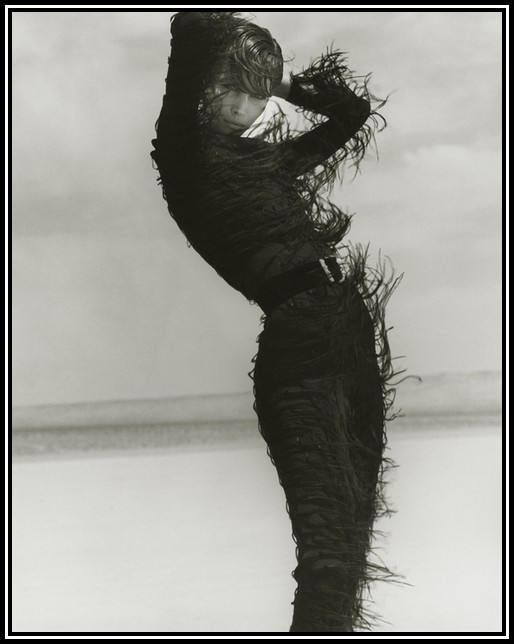
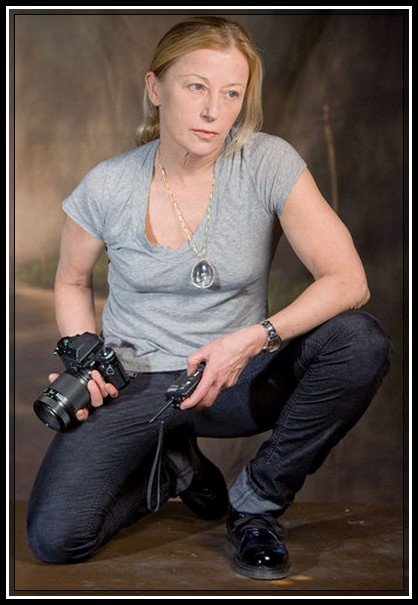
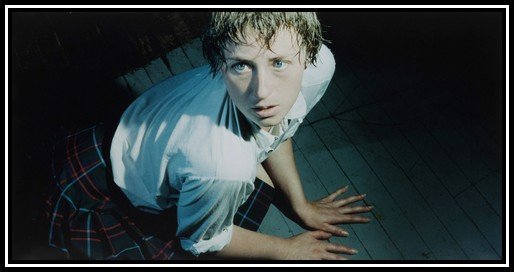
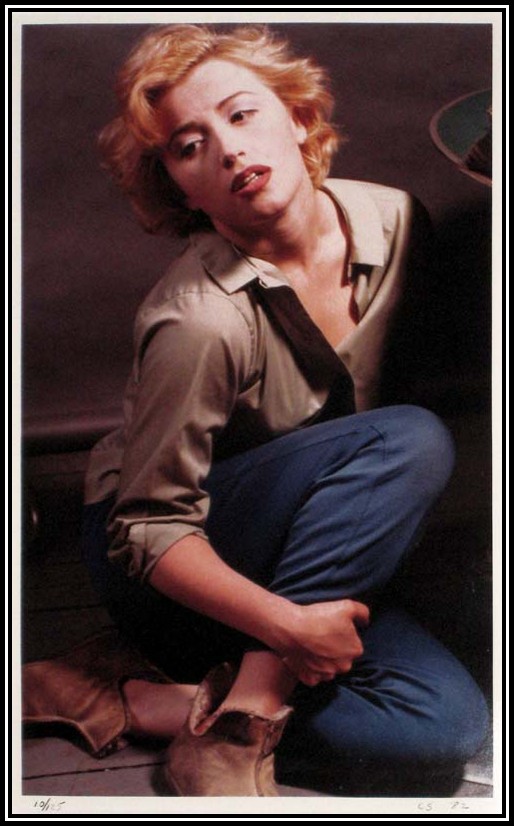
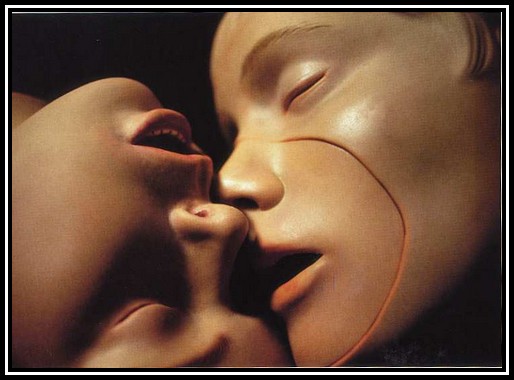
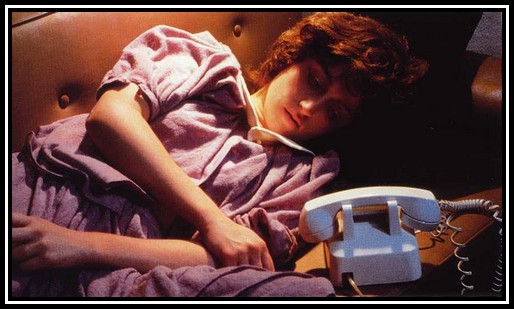
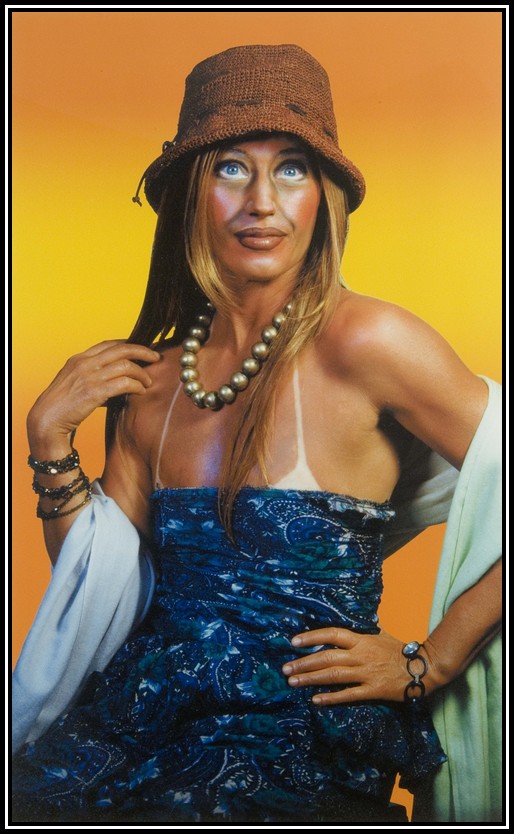
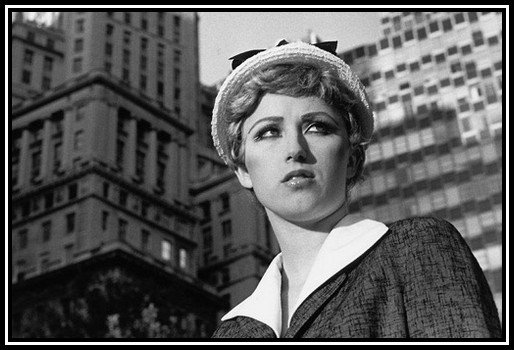
sahar khazaei
Posted at 18:45h, 12 FebruaryIm an art university student from Iran
My major is photography
Thank you for your nice website
Sergio Ochoa
Posted at 15:10h, 27 MarchI’m an amateur, hobbyists photography student, and you have an outstanding, helpfull website, thanks.
joe
Posted at 16:50h, 30 AprilGreat list and thanks for putting it together, however, you left out many influential portrait photographers the most important of which is Arnold Newman, the father of the environmental portrait.
Mike
Posted at 14:30h, 20 JulyLucky I found this site, one of the deepest looks into the minds of greats, thanks for the contribution.
When you can get to it, I noticed in the first paragraph on Gertrude, you named “Buffalo Bull” as one of her clients, which seems to me should be Buffalo Bill.
Kudos to you for a well done site!
Harshit
Posted at 16:30h, 25 JulyNice post, i am a student and i am fond of nature and portrait photography. I am much influenced now and more targetted towards this art 🙂
kutaykosem
Posted at 01:00h, 21 AugustWhere is Ara Guler may i ask?
I really think that he should have been on this list. If you dont know him, check him out. He is from istanbul and still alive
morale patches
Posted at 16:39h, 08 MarchI got this web page from my pal who shared with me concerning this web page and at
the moment this time I am visiting this site
and reading very informative articles or reviews here.
Pingback:Best Portrait Photography Magazine | Fast Photos For You And Me
Posted at 02:06h, 02 December[…] Most Famous Portrait Photographers and Their Great Photography – Everyone can take photos but only some are considered as famous photographers. Take a creative & outstanding portrait photographs is not an easy task. A famous … […]
Pingback:great nude photographers | Cupicupita
Posted at 12:53h, 10 December[…] clippingdesign.com Everyone can take photos but only some are considered as famous photographers. take a creative […]
Advertising San Francisco
Posted at 08:26h, 21 JanuaryCool information on this site. I was just speaking about this subject. Awesome
bing
Posted at 16:24h, 14 MarchWhat’s up to every one, it’s in fact a pleasant for me to
go to see this web site, it consists of important Information.